A Puppet Museum in Berlin
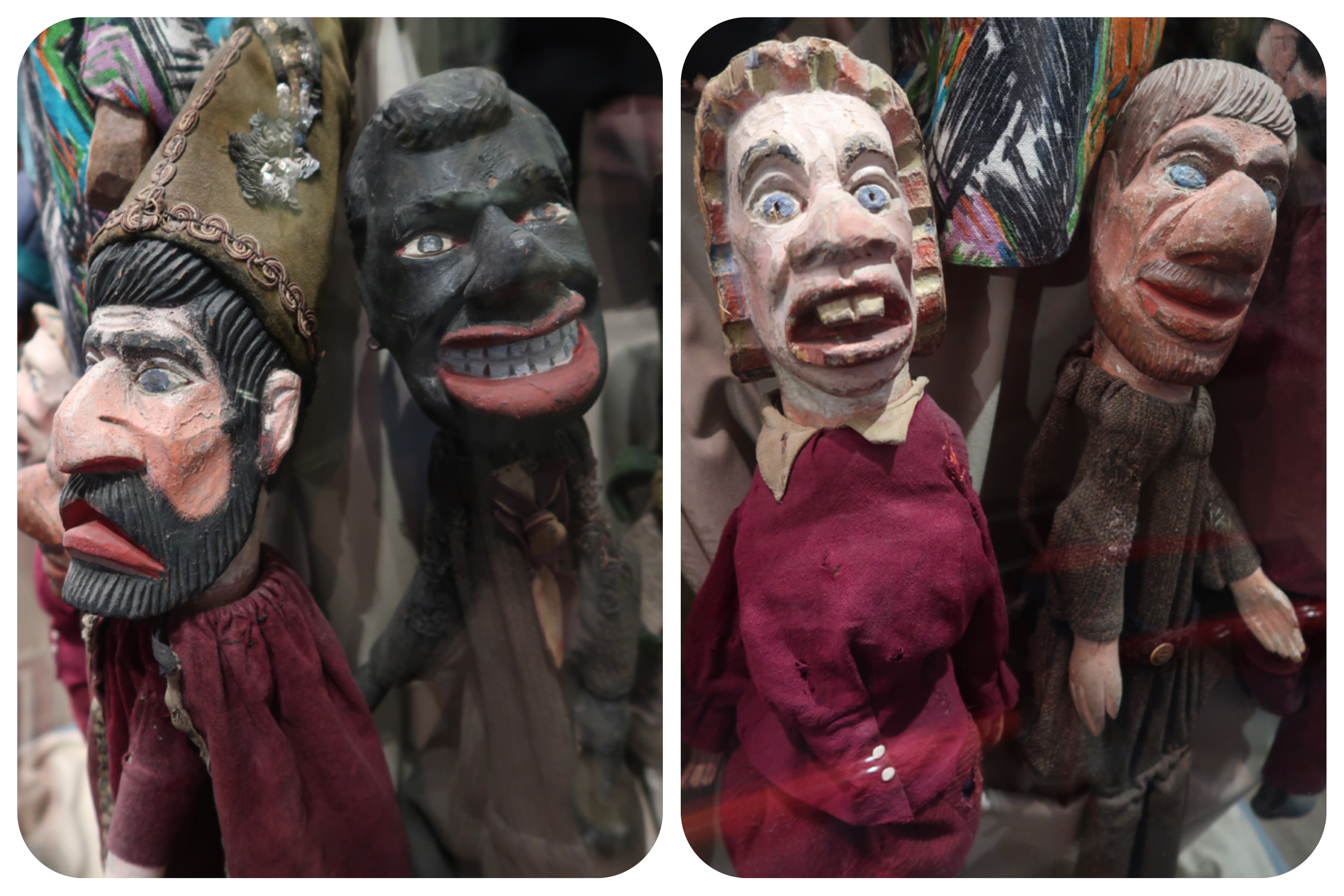
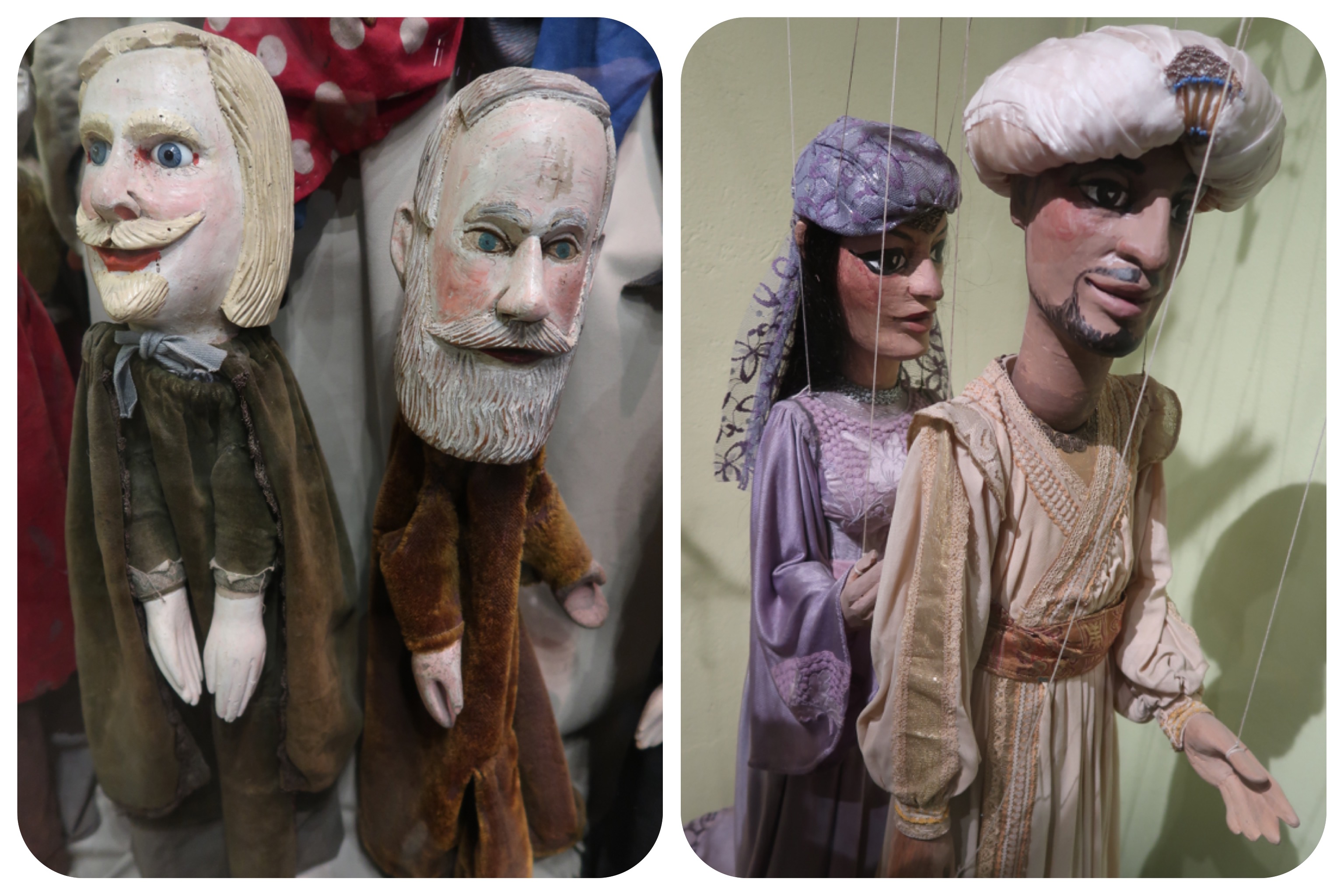
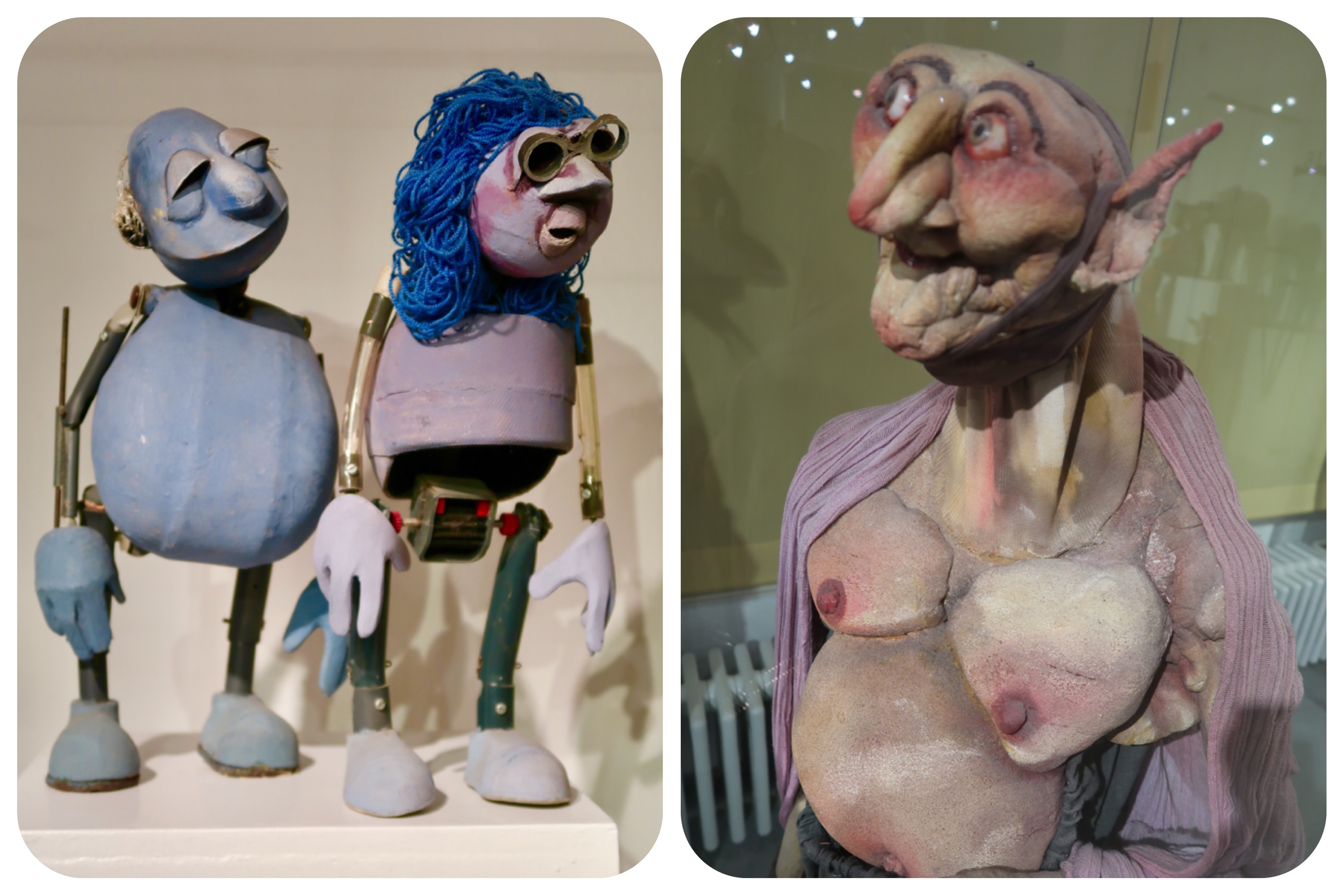
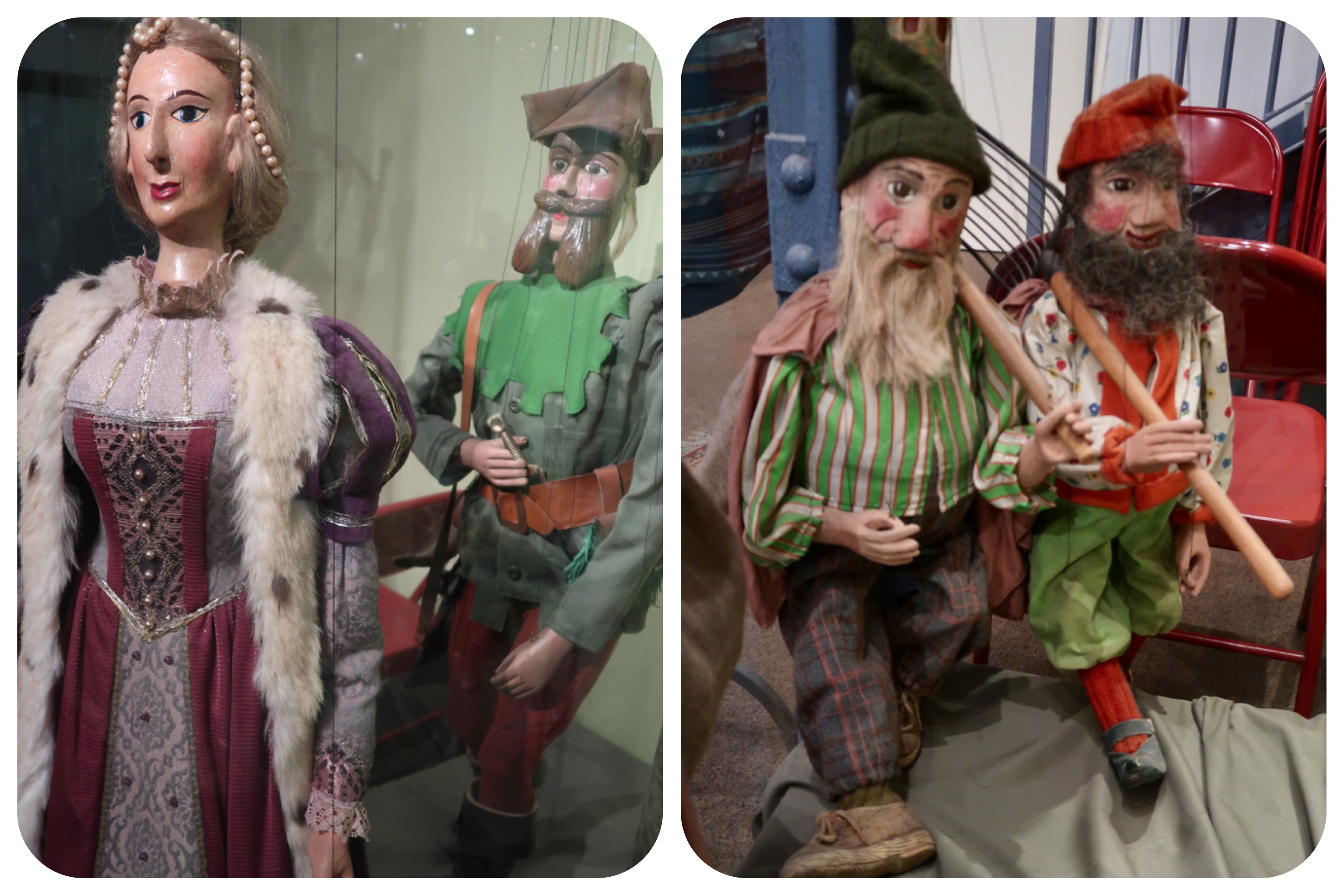
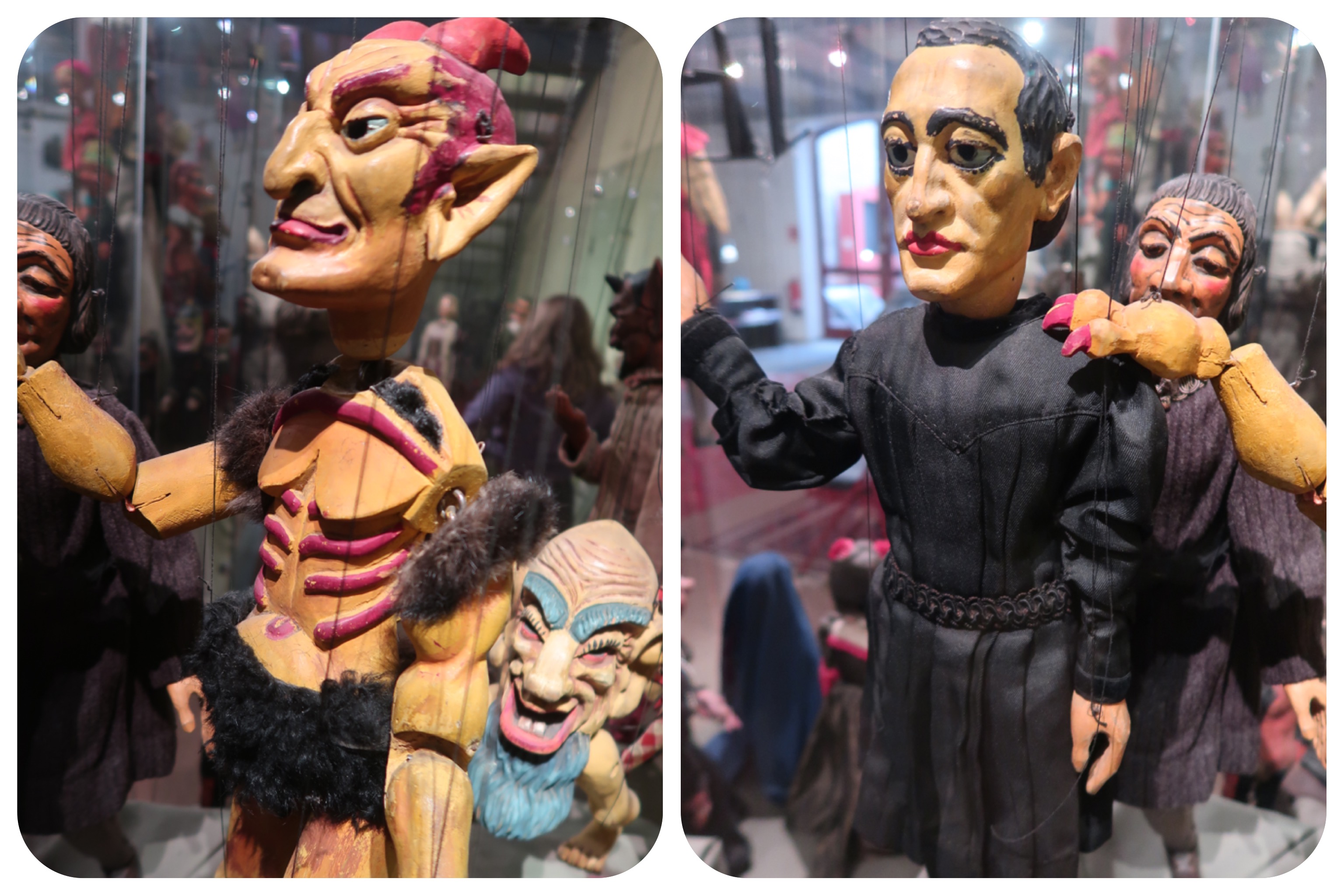
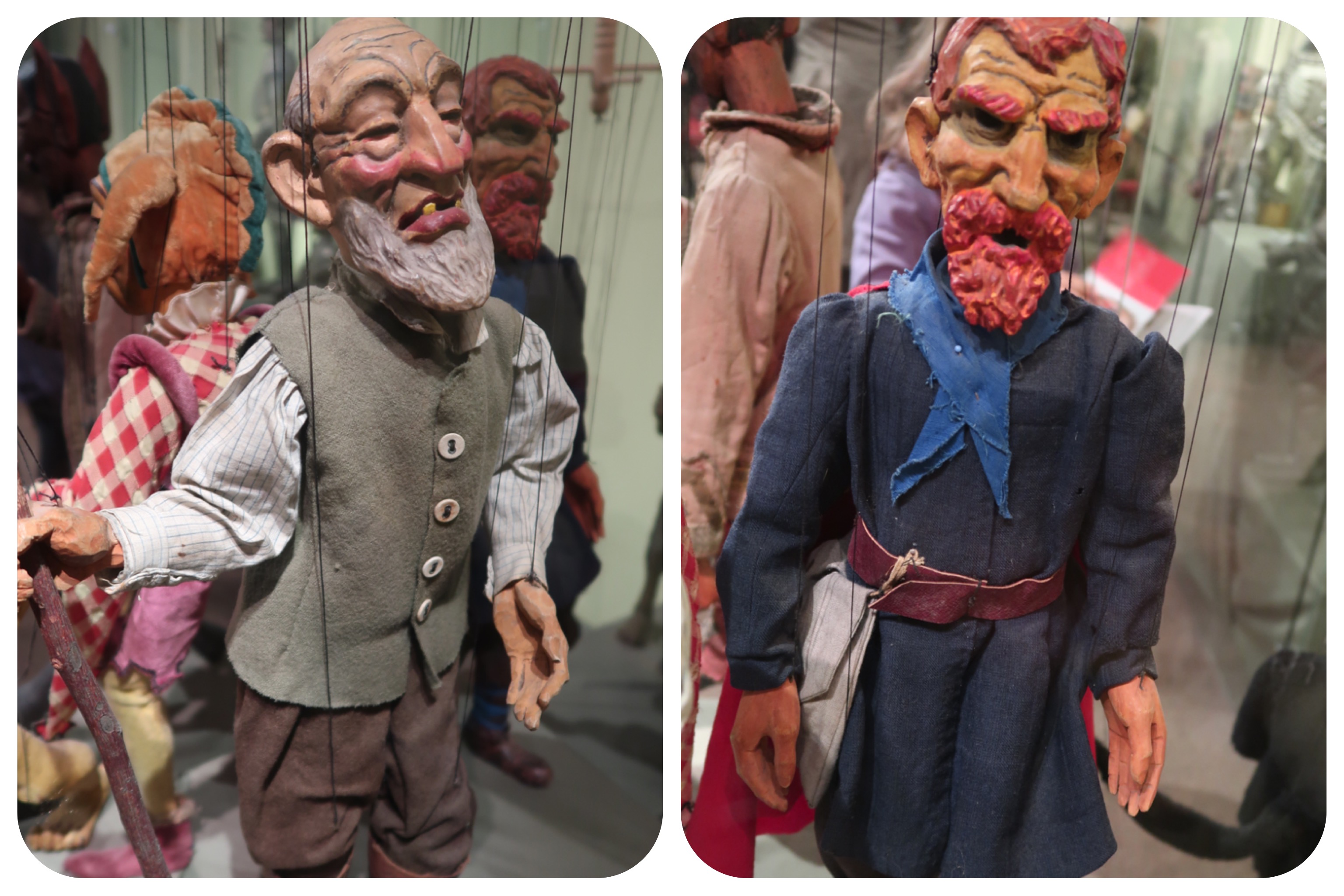
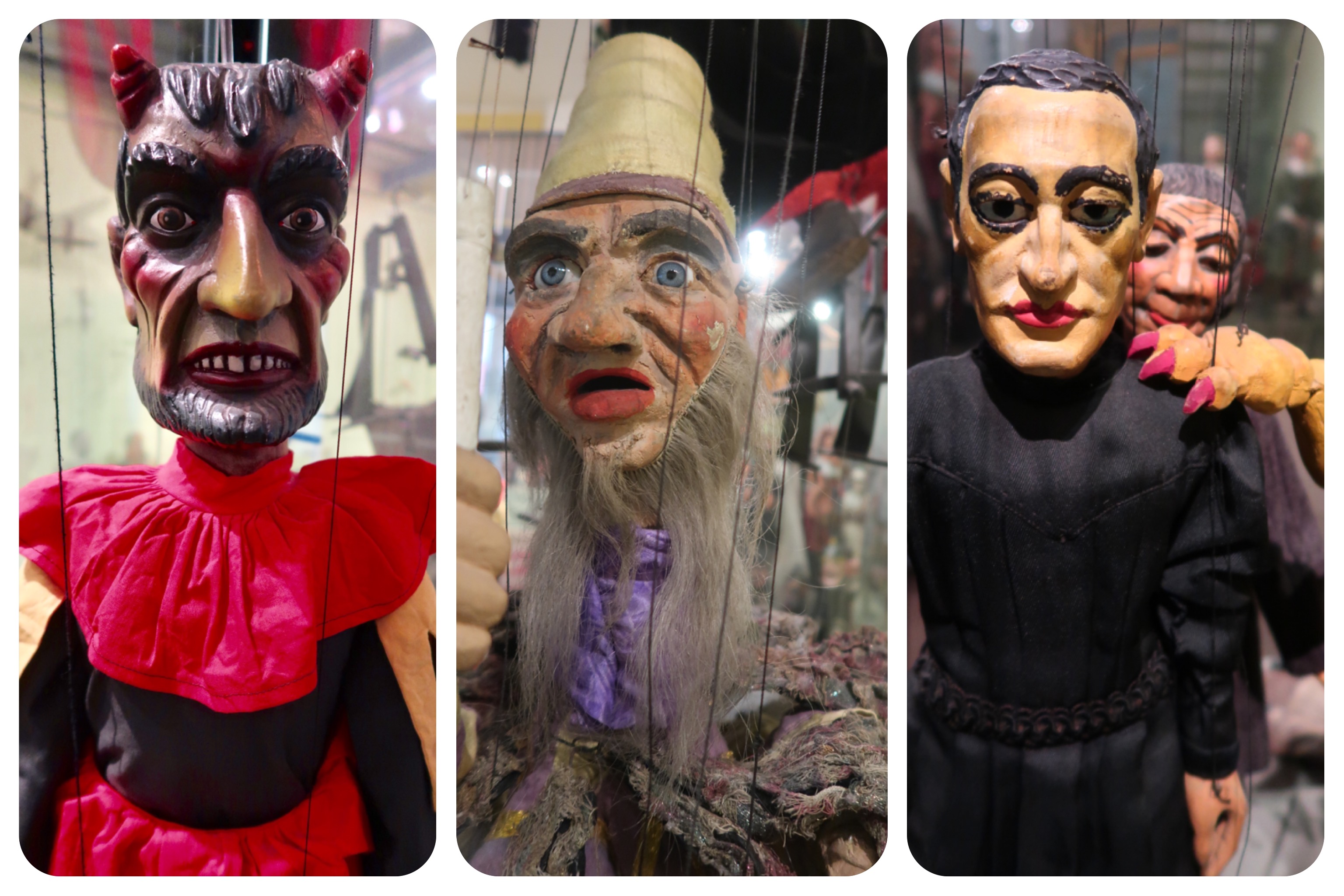
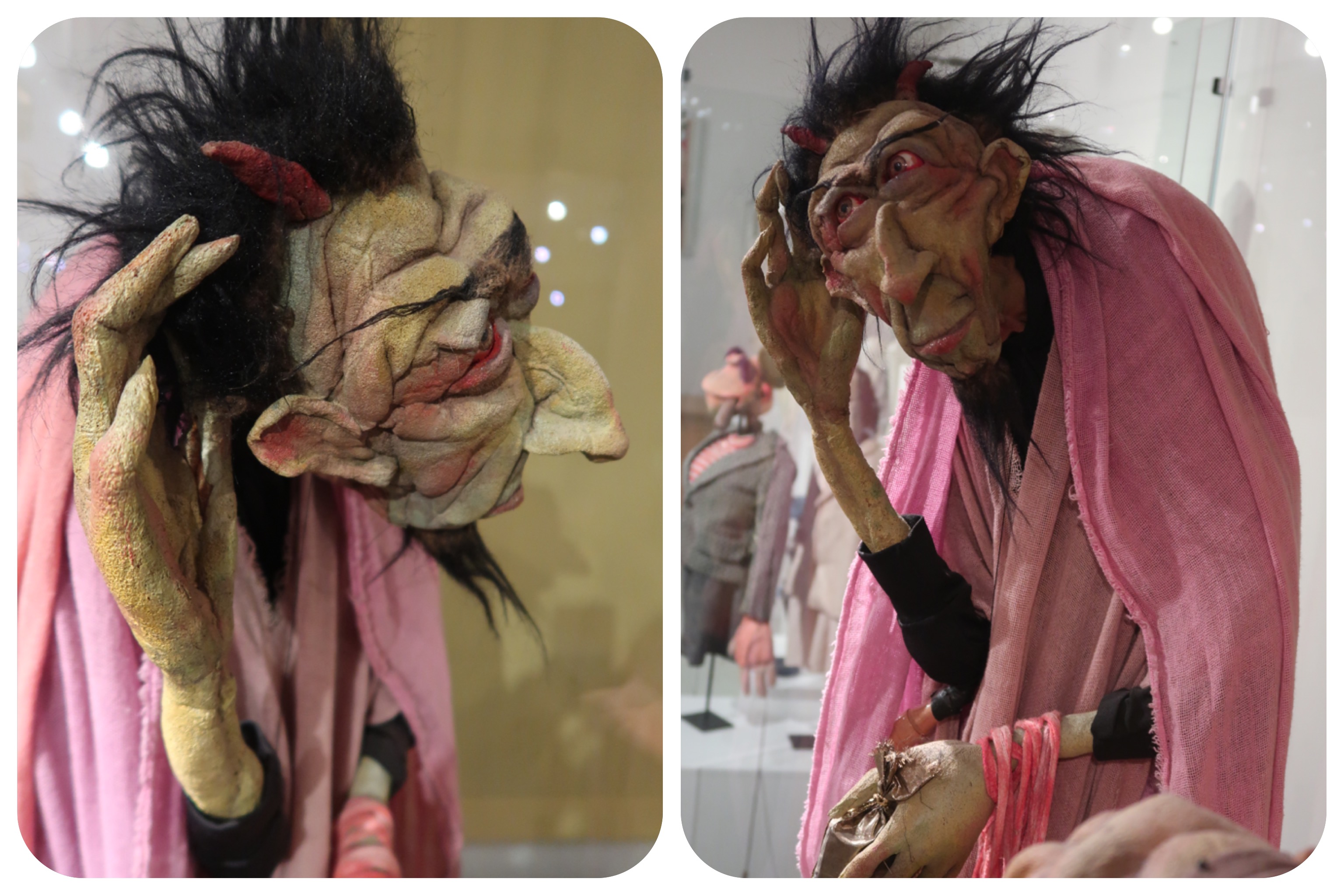
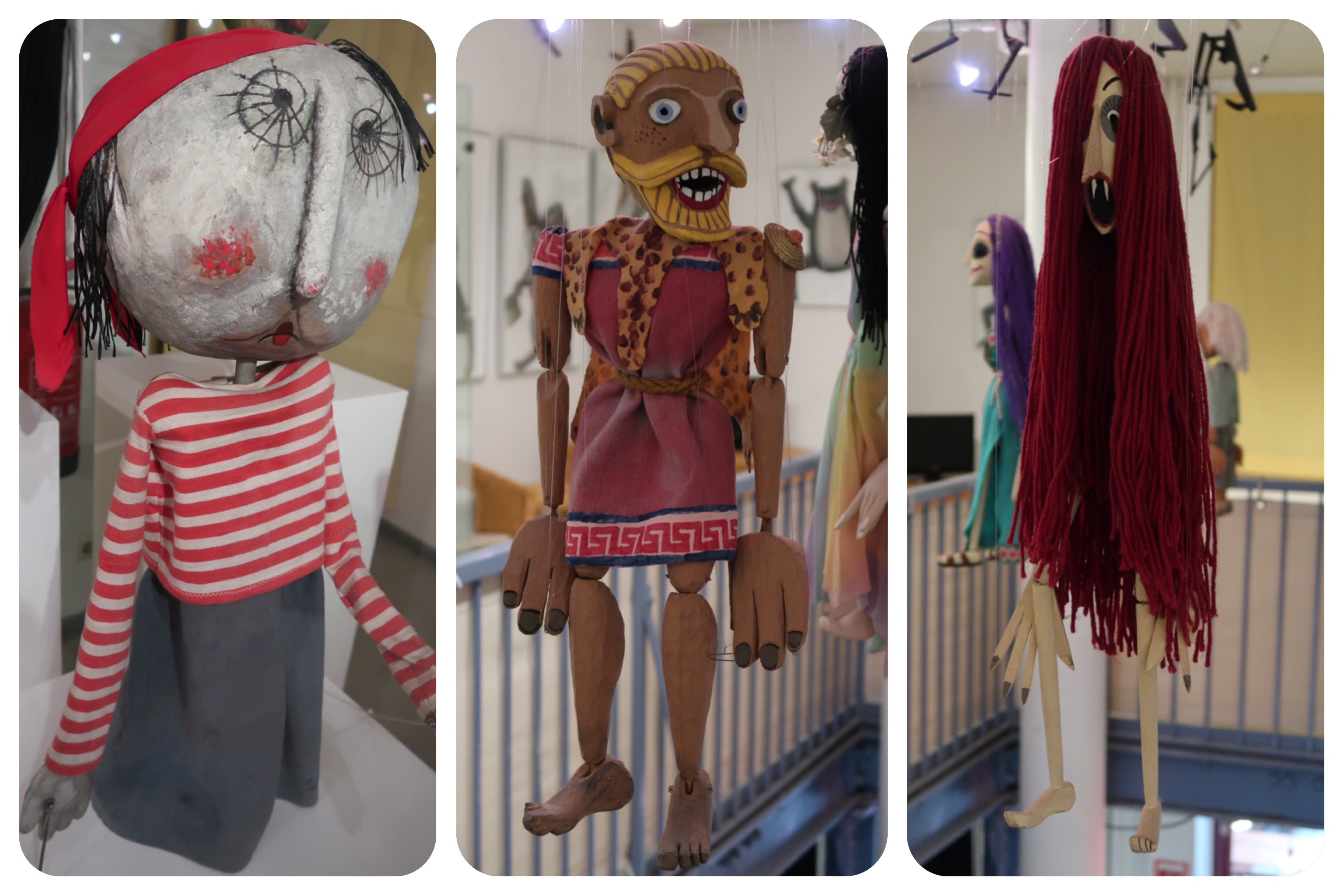
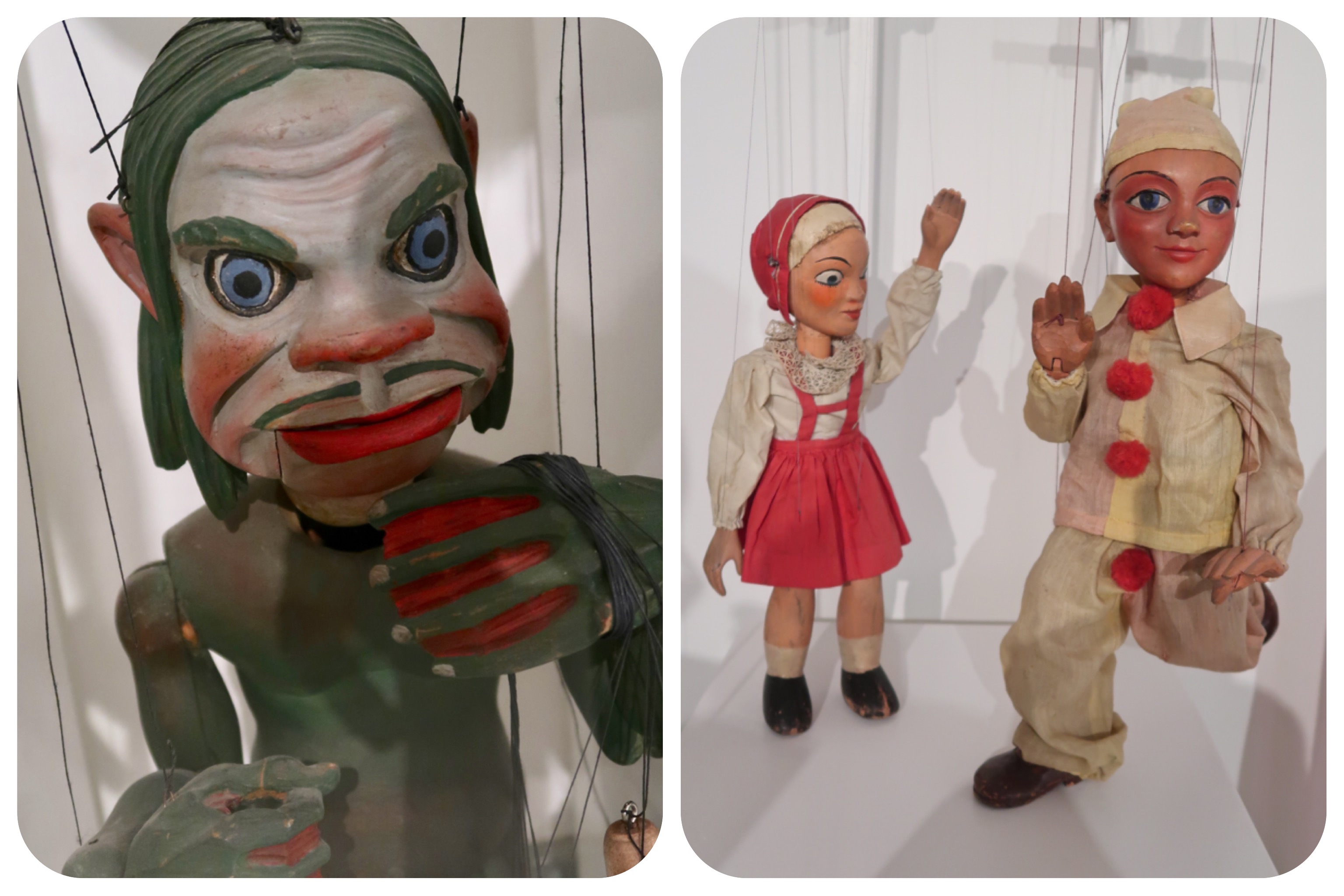
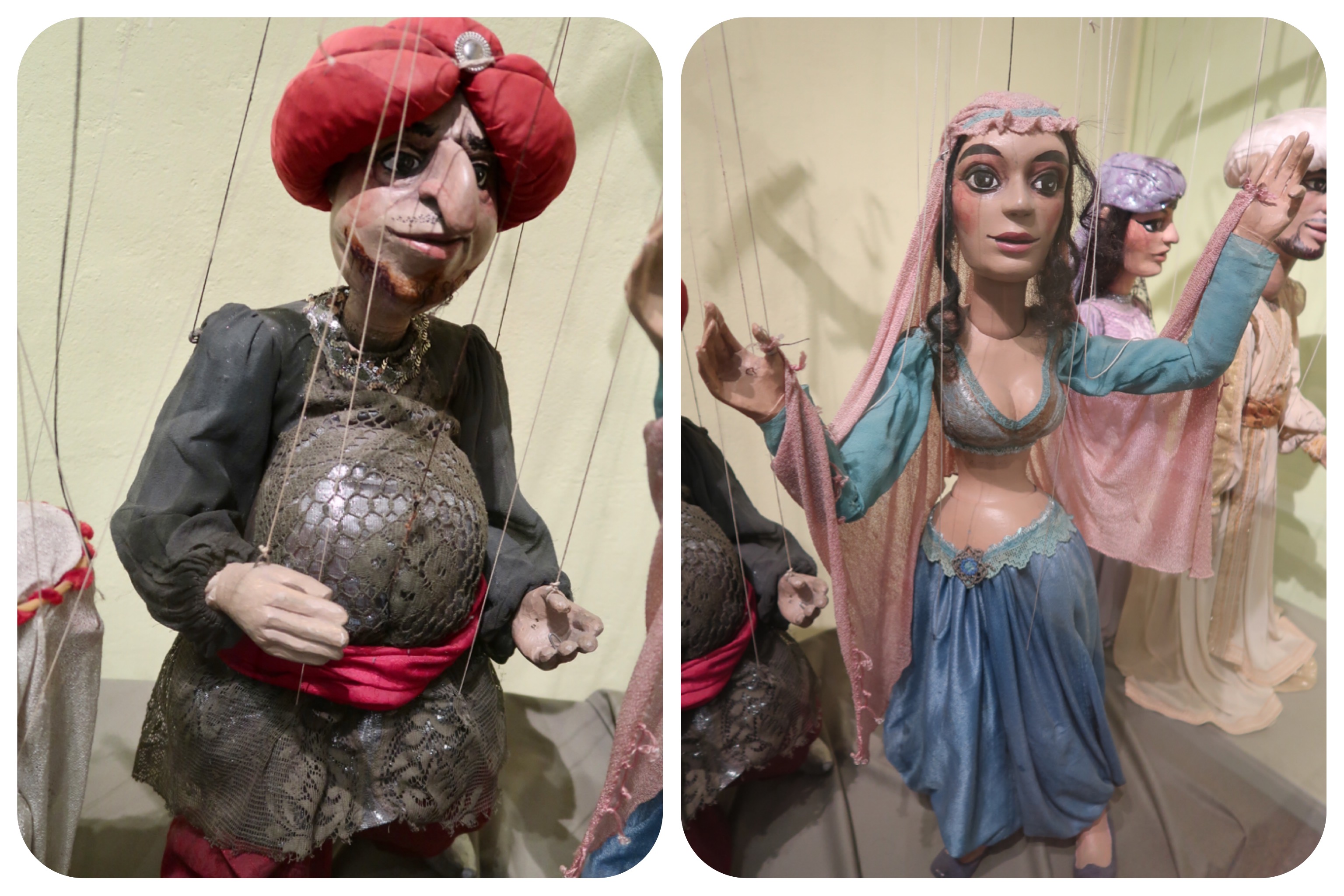
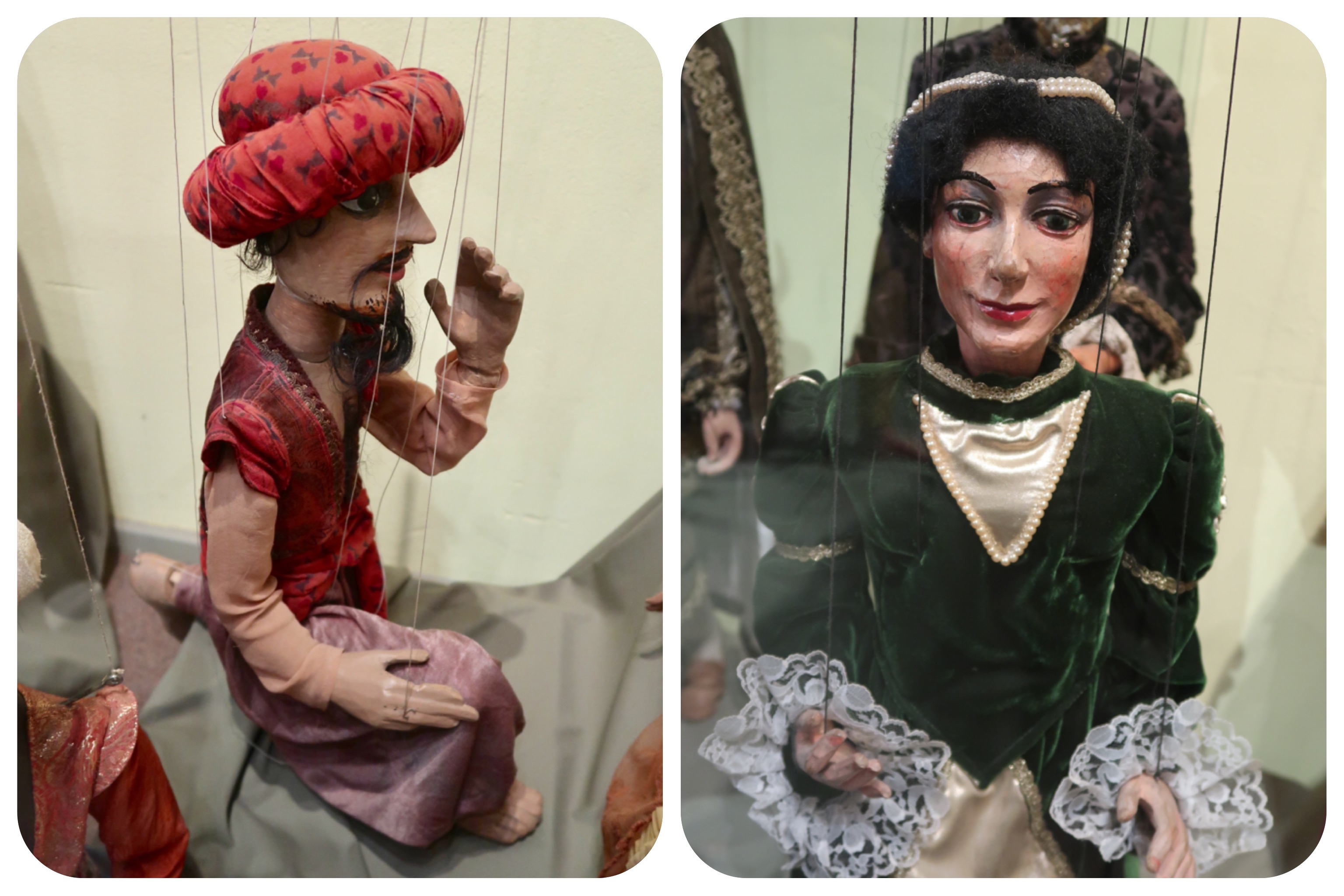
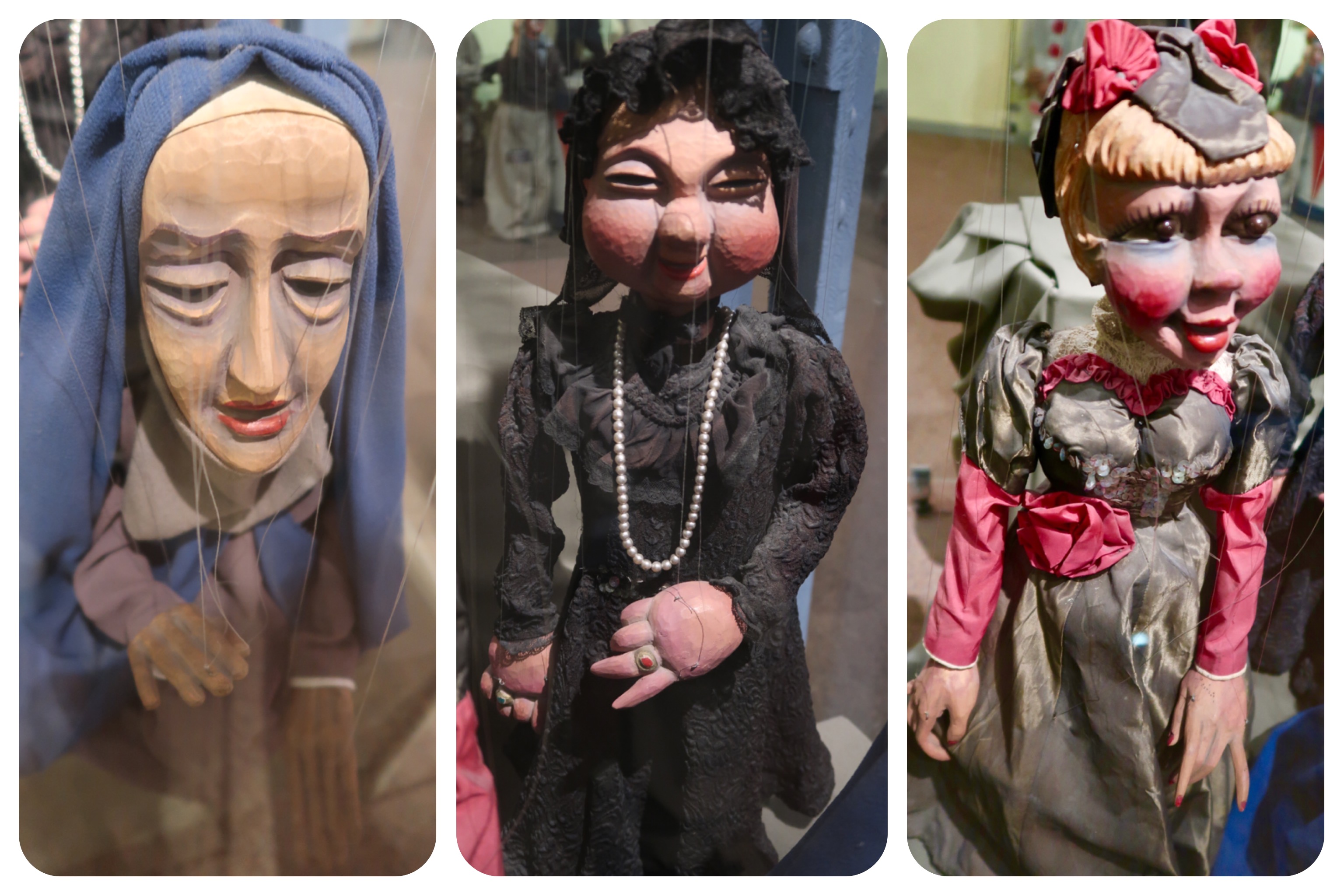
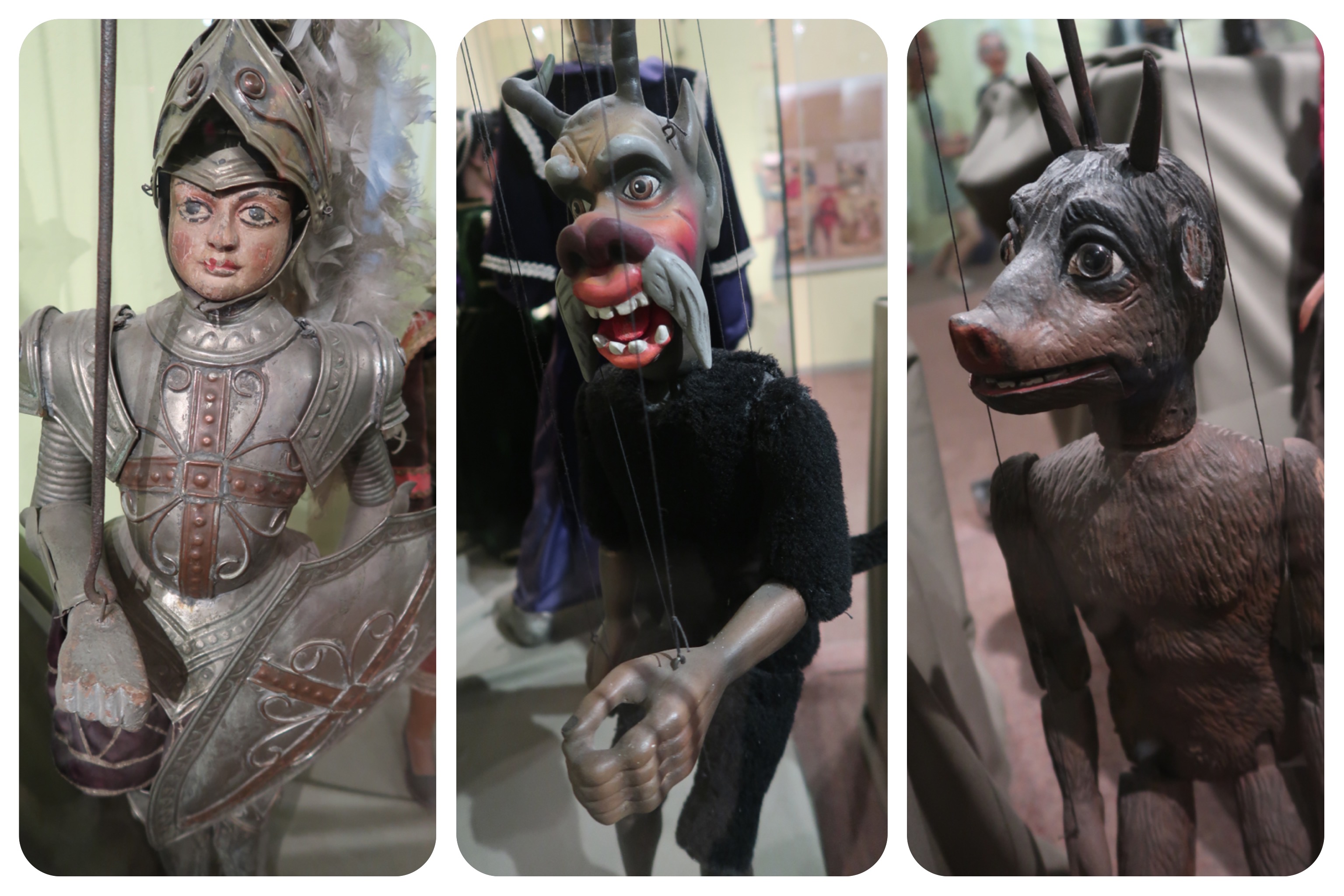
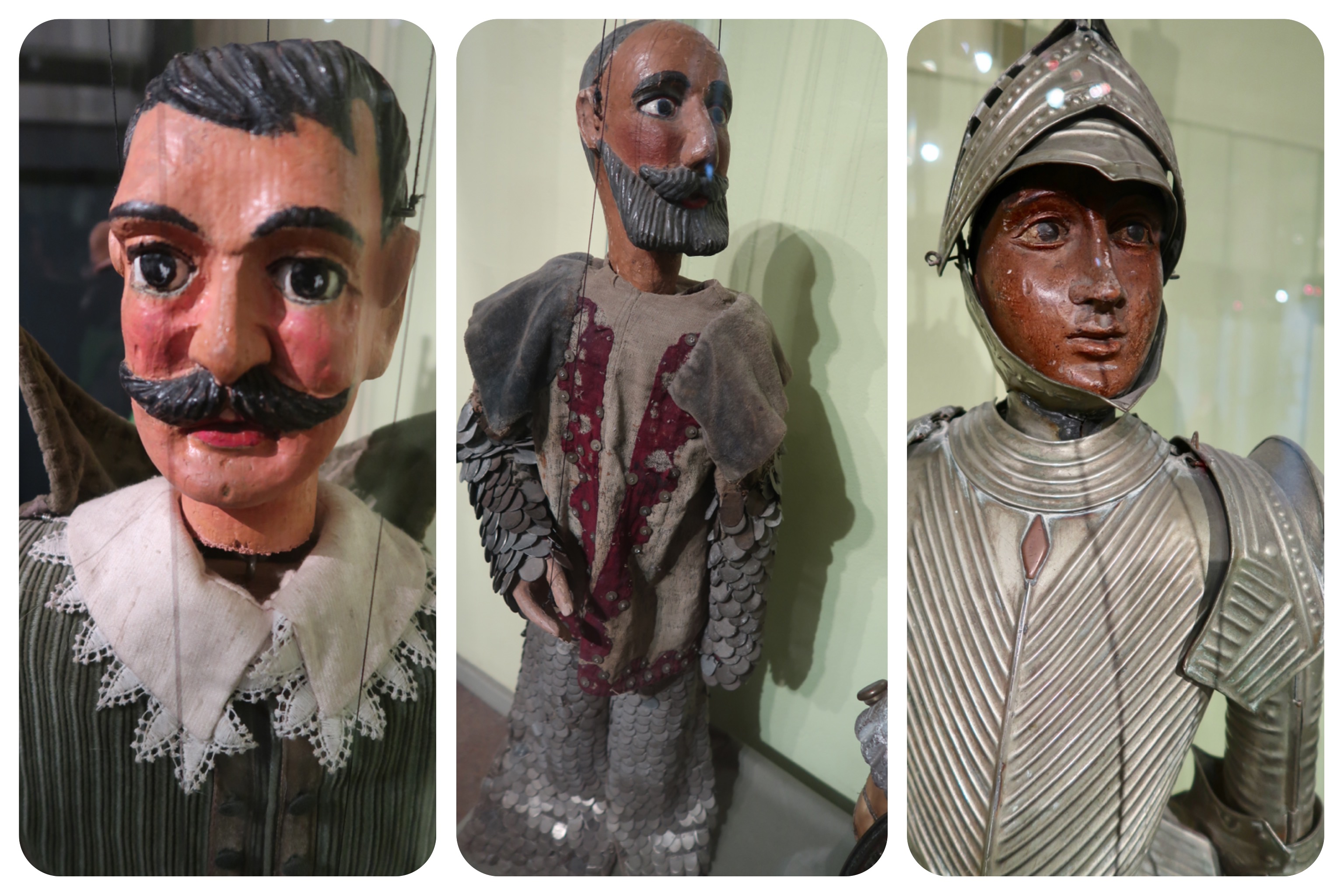
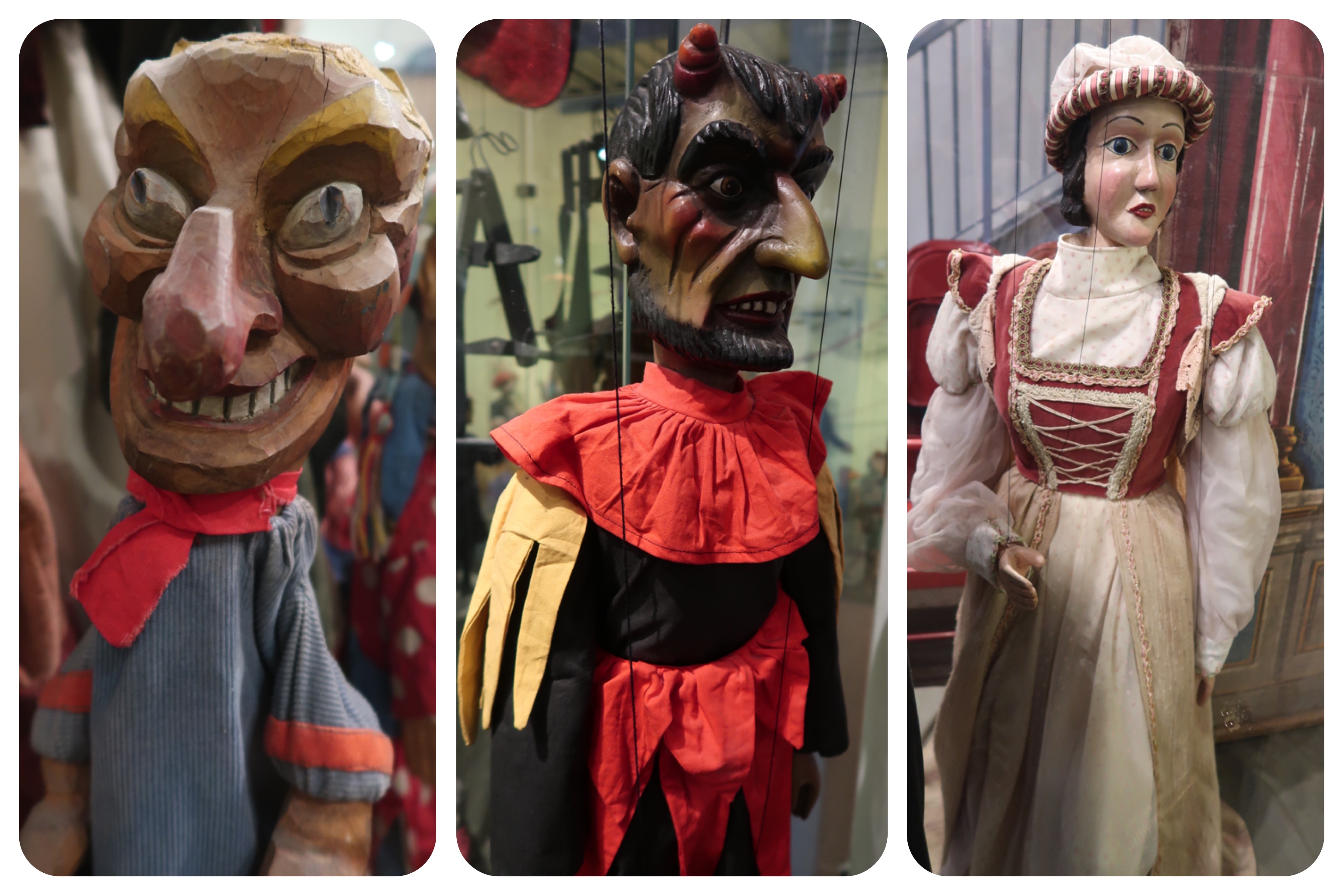
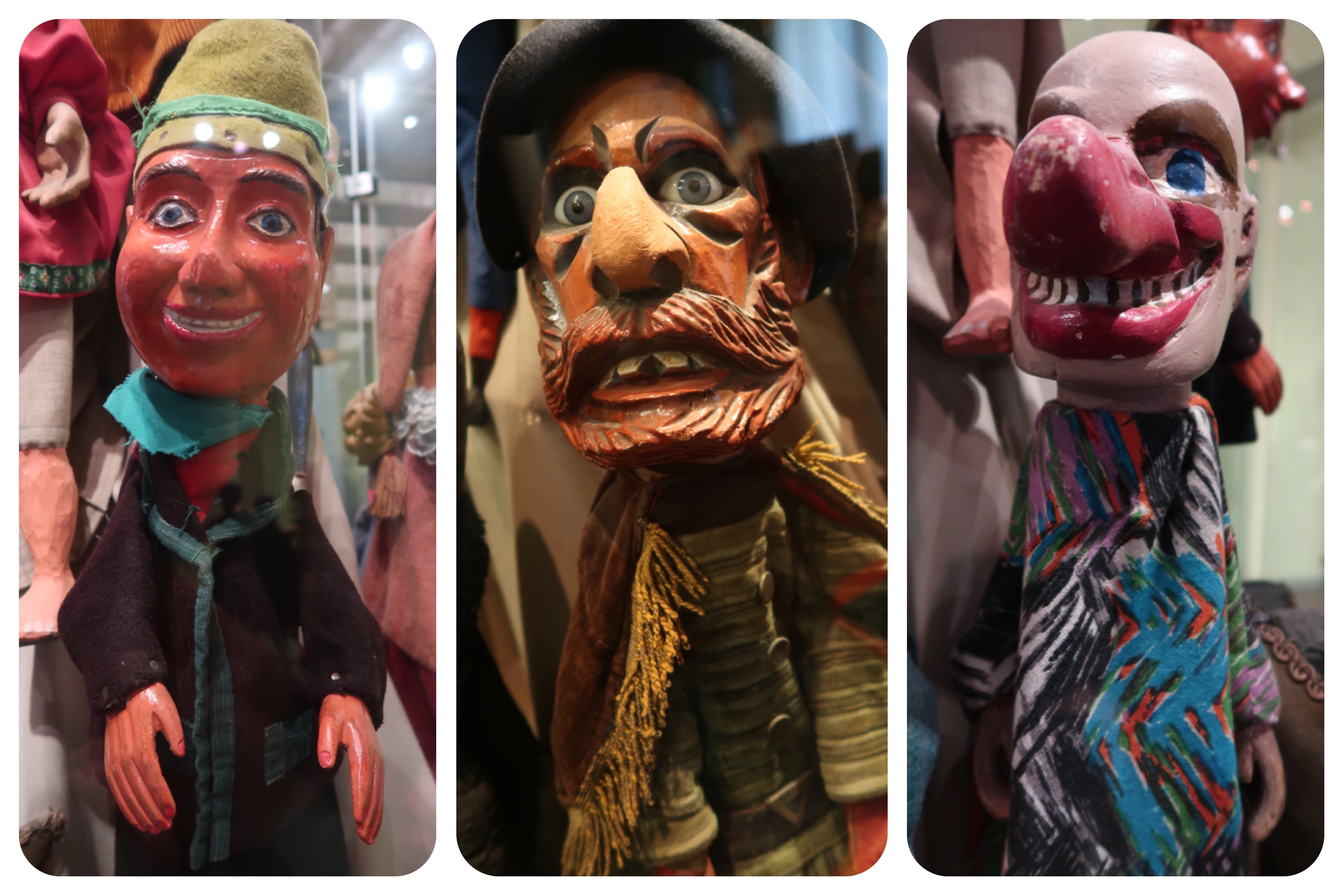
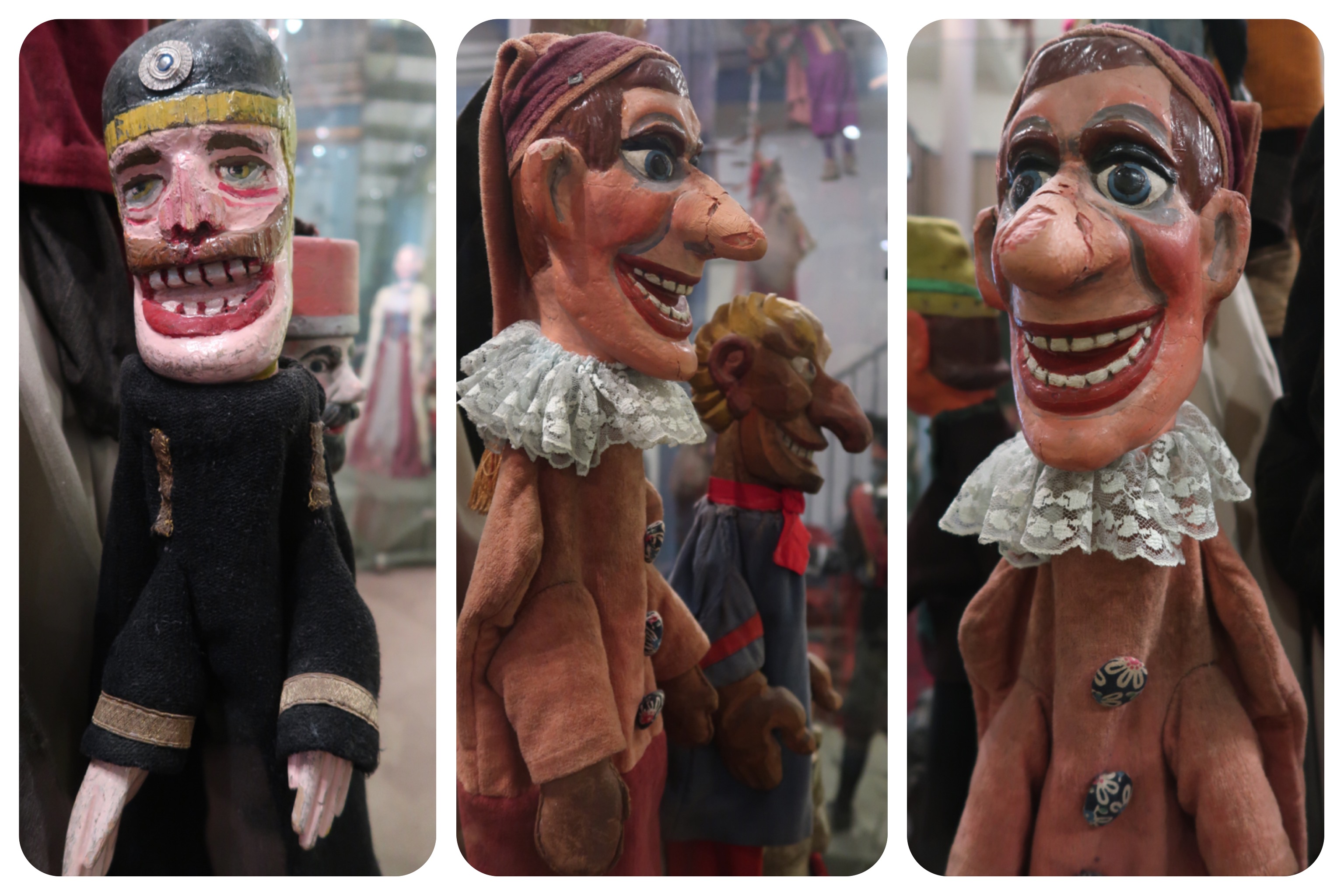
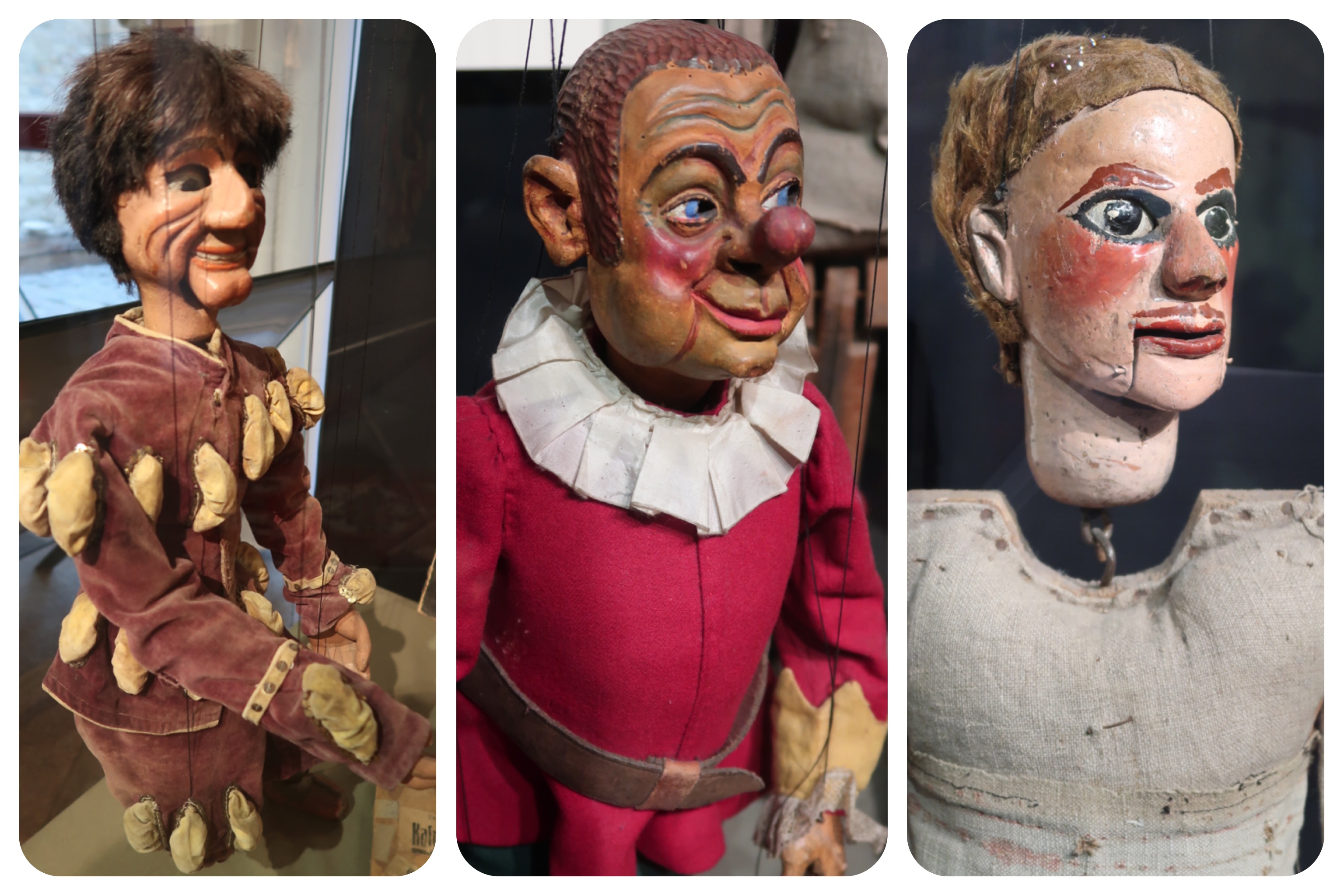
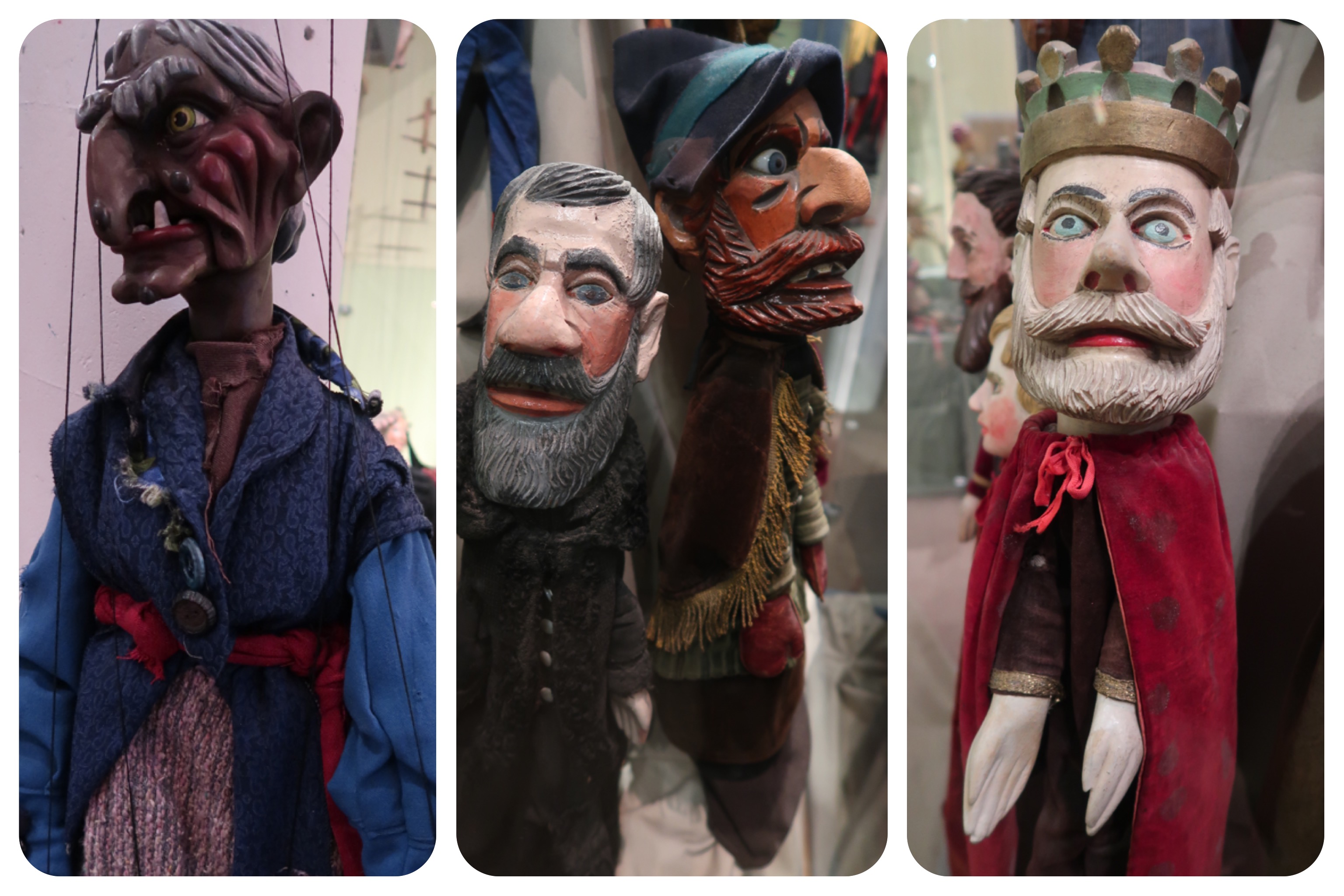
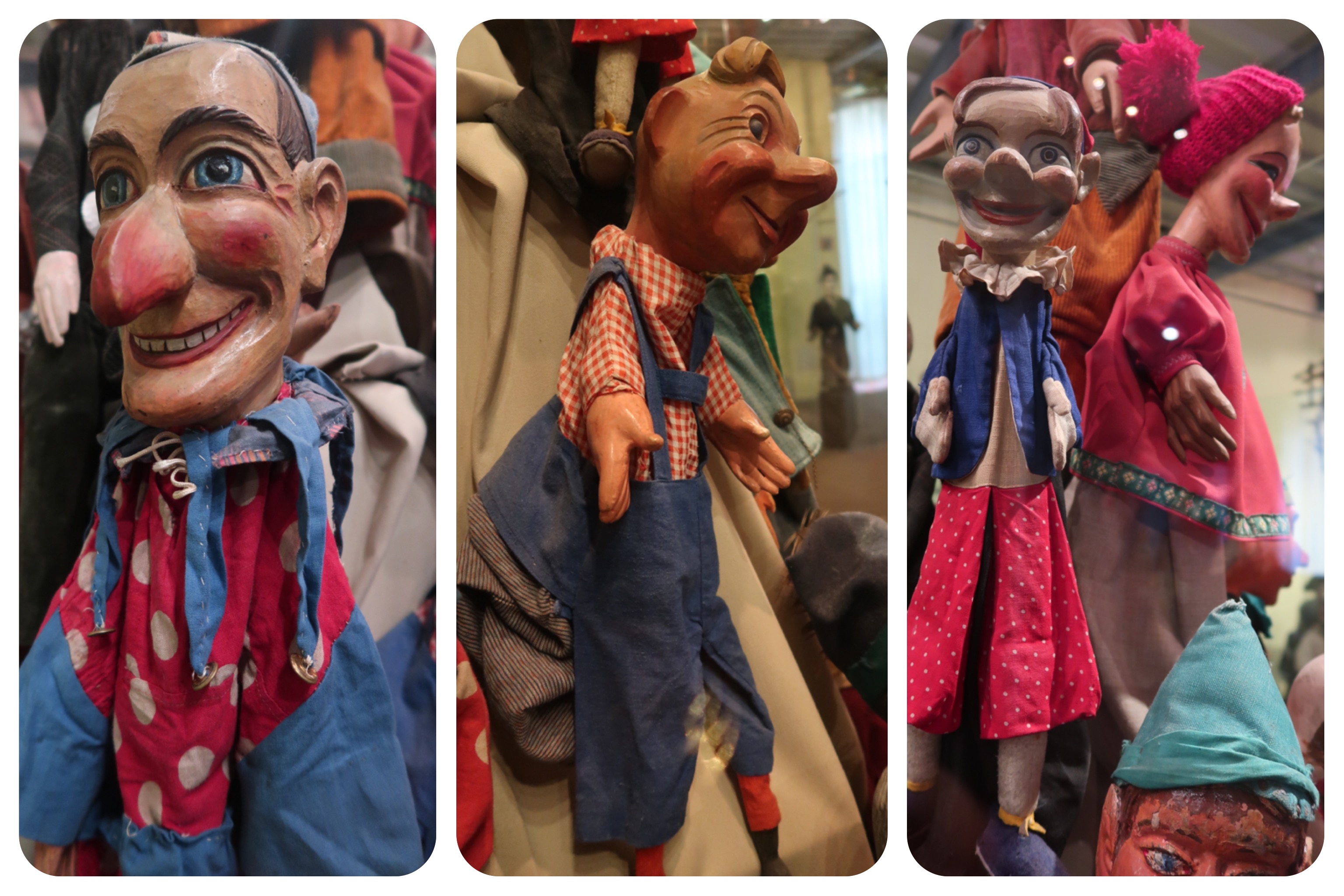
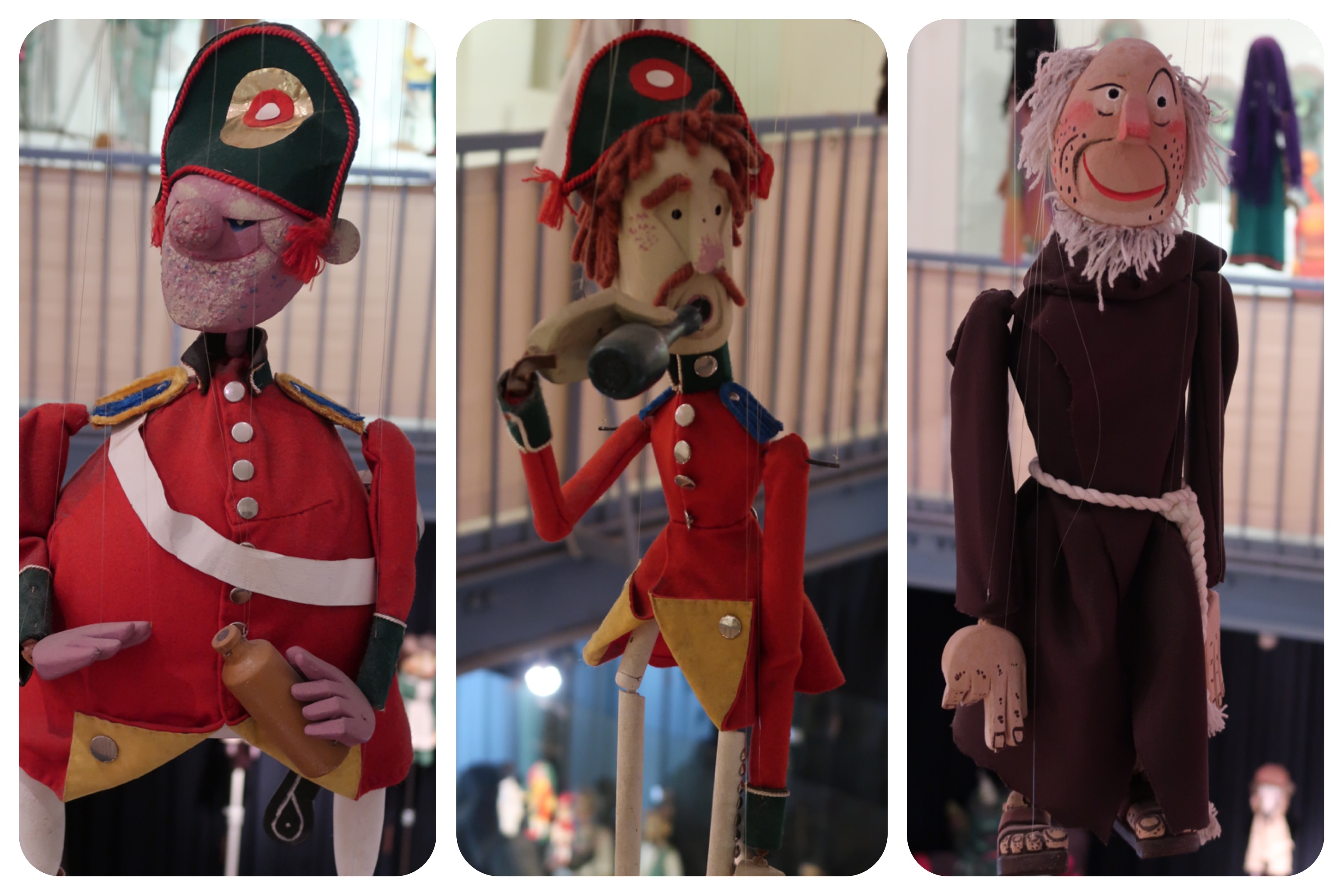
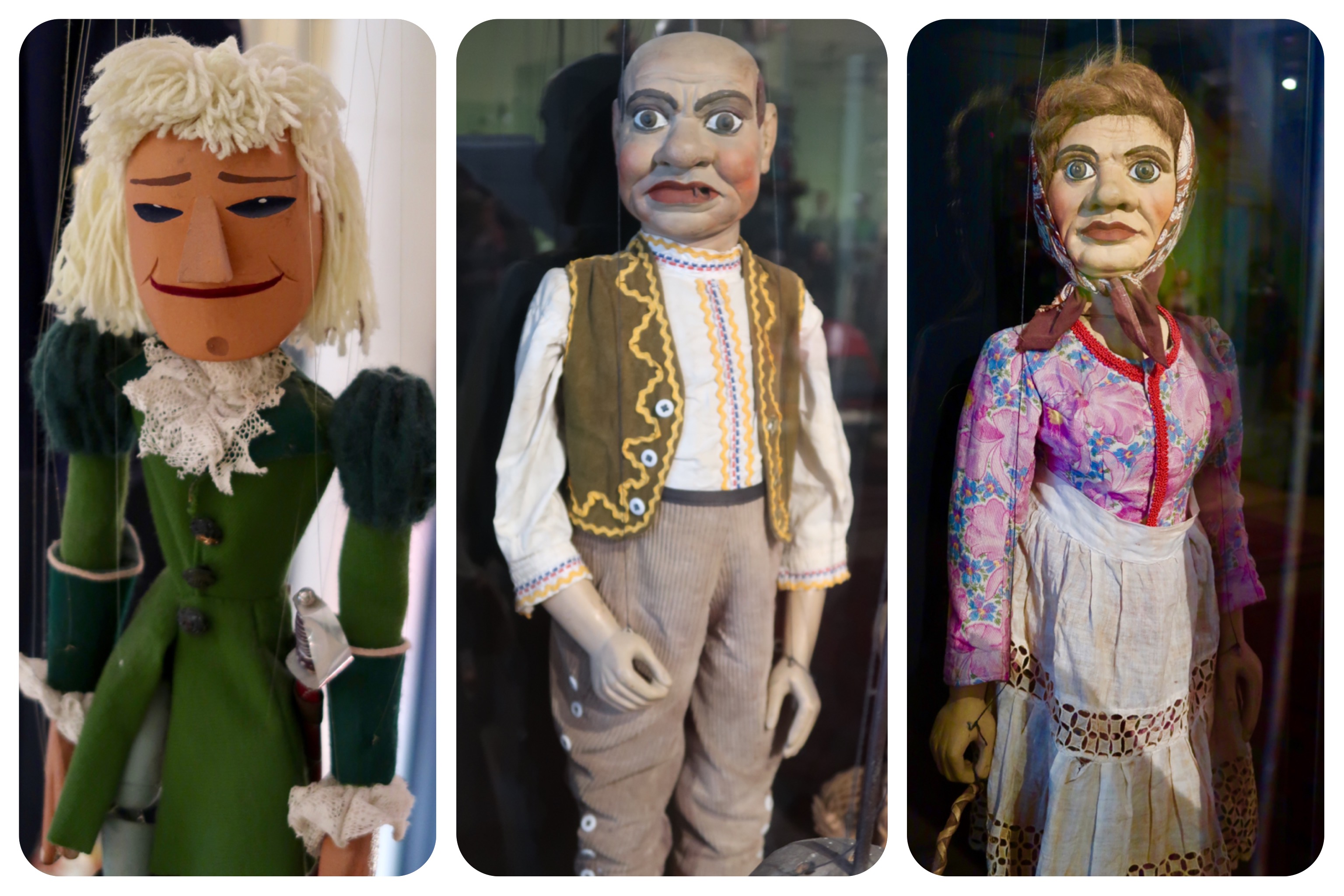
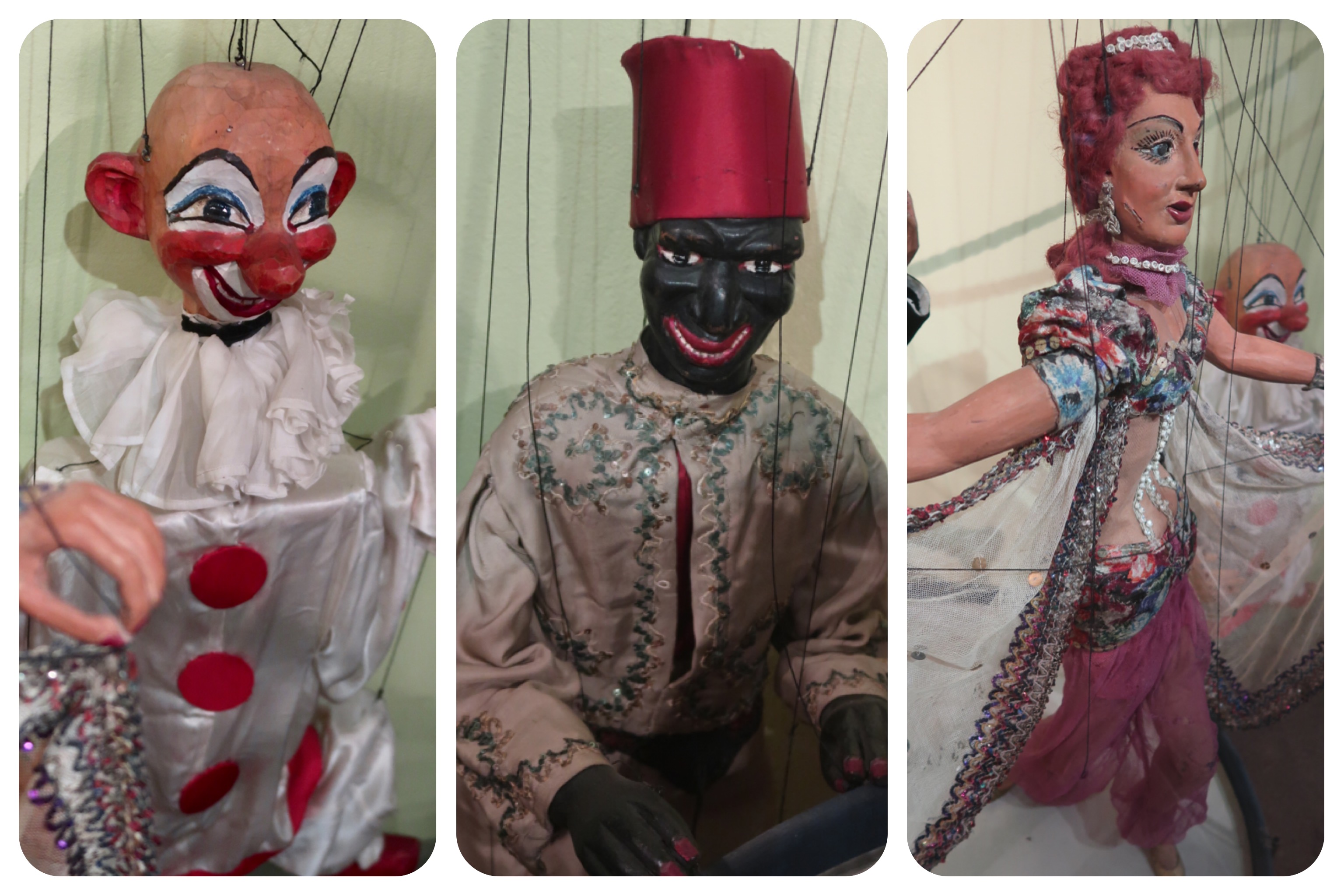
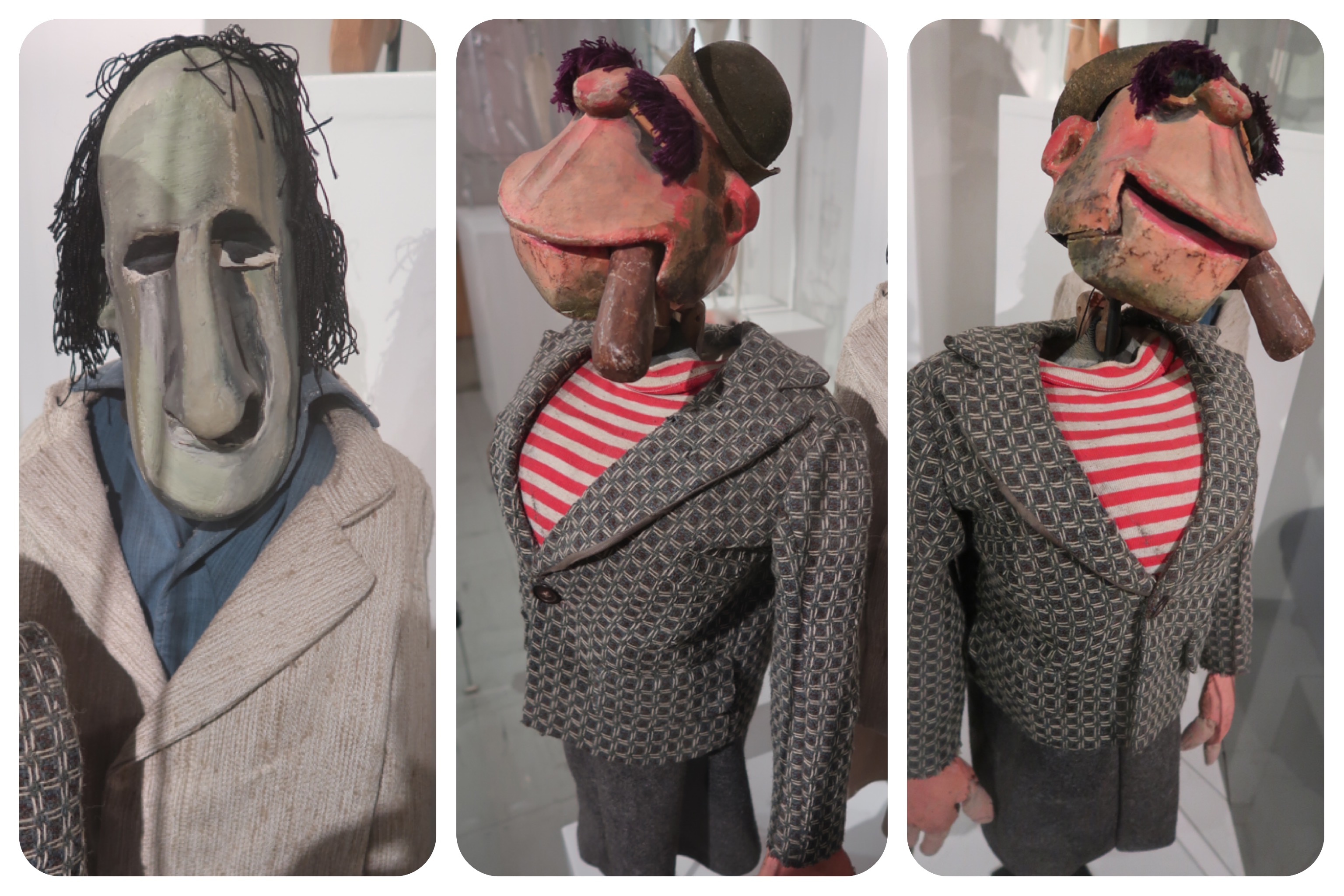
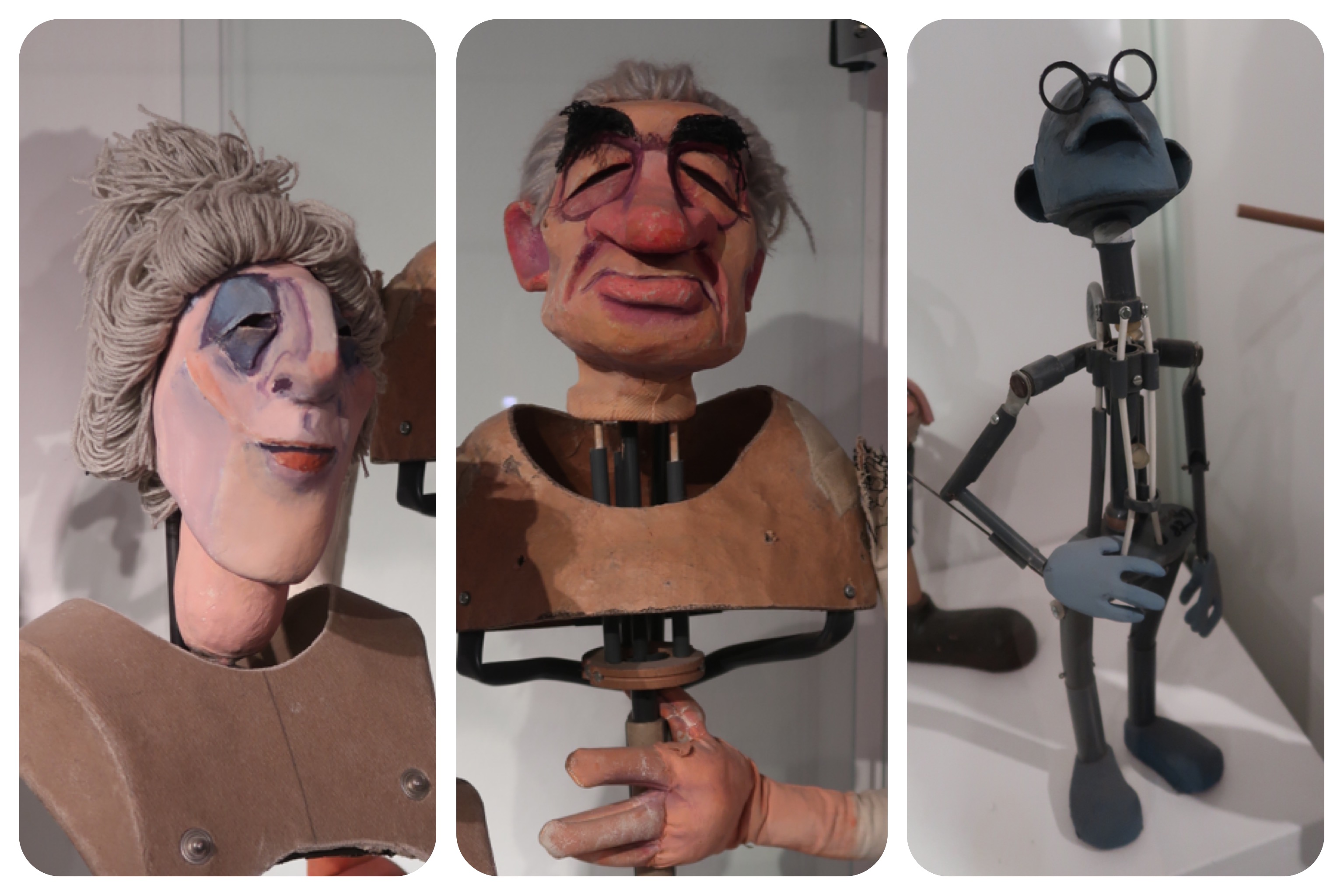
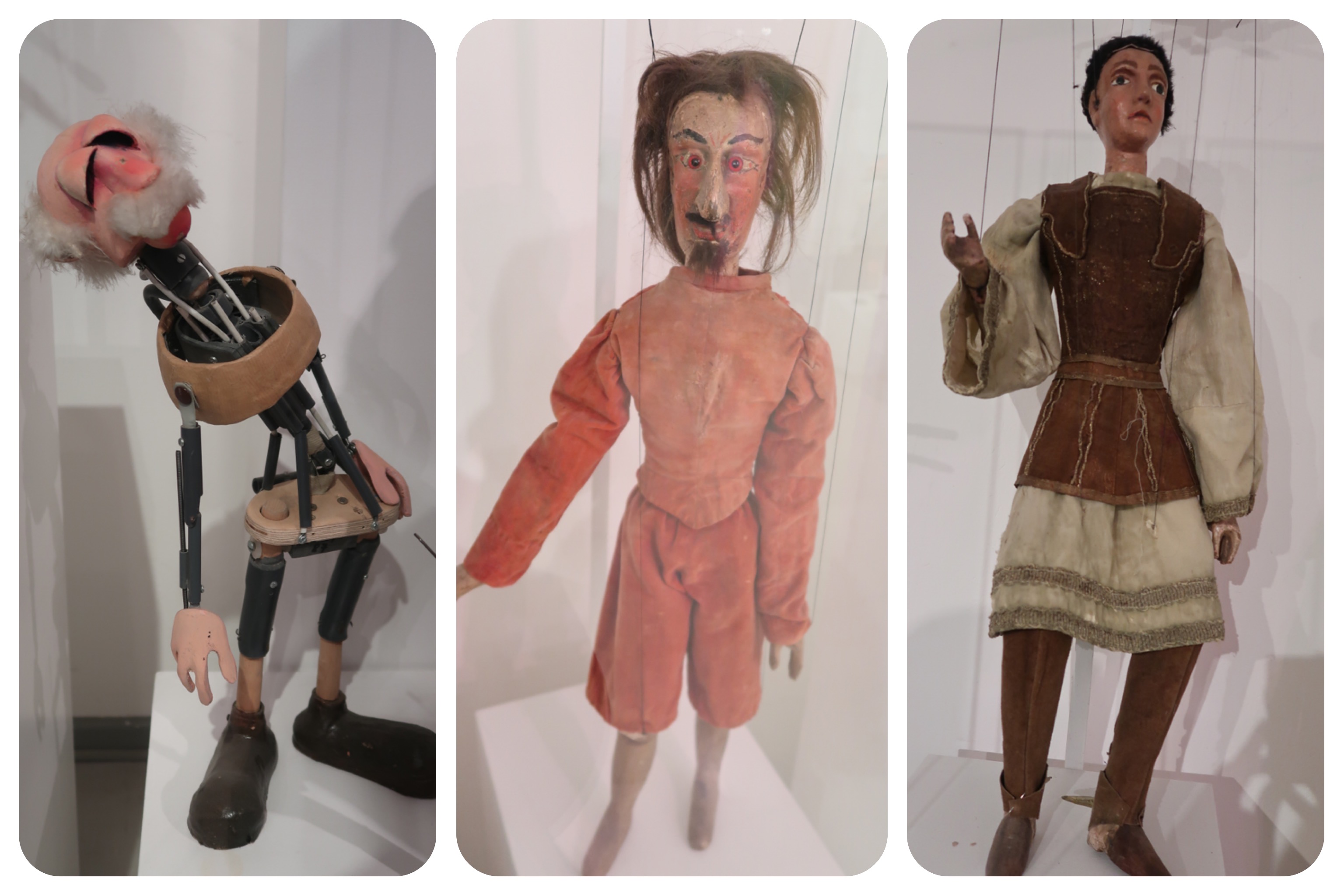
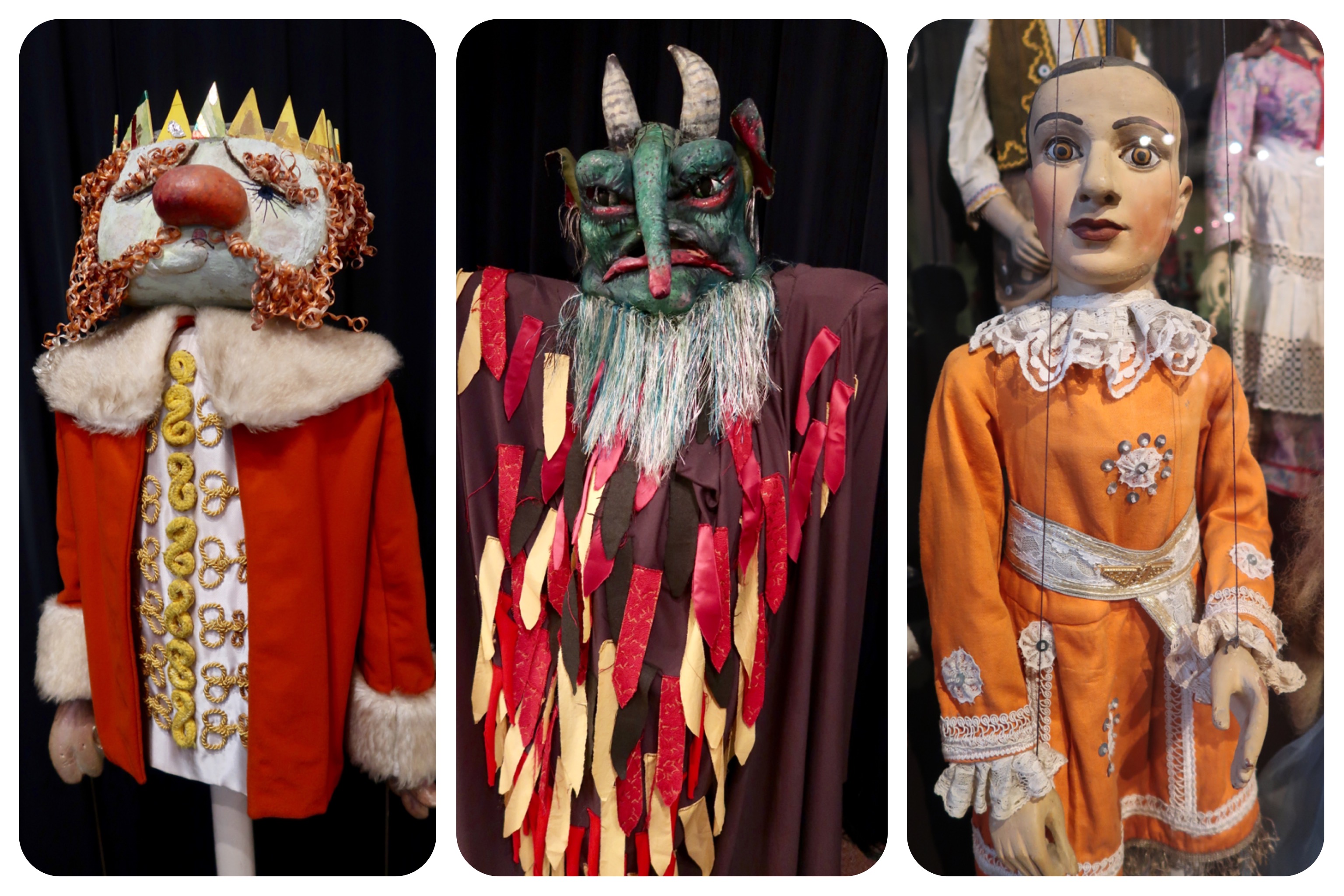
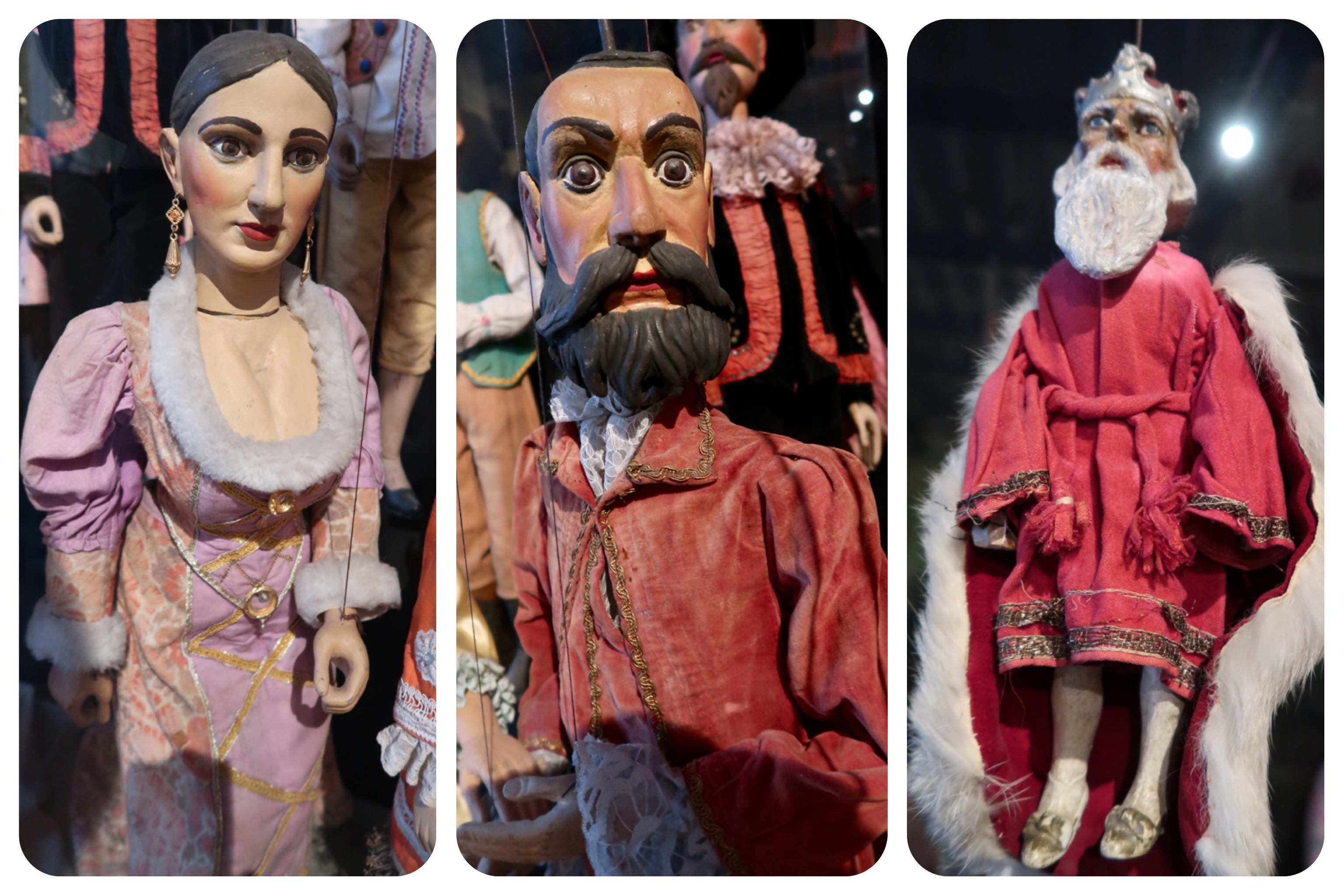
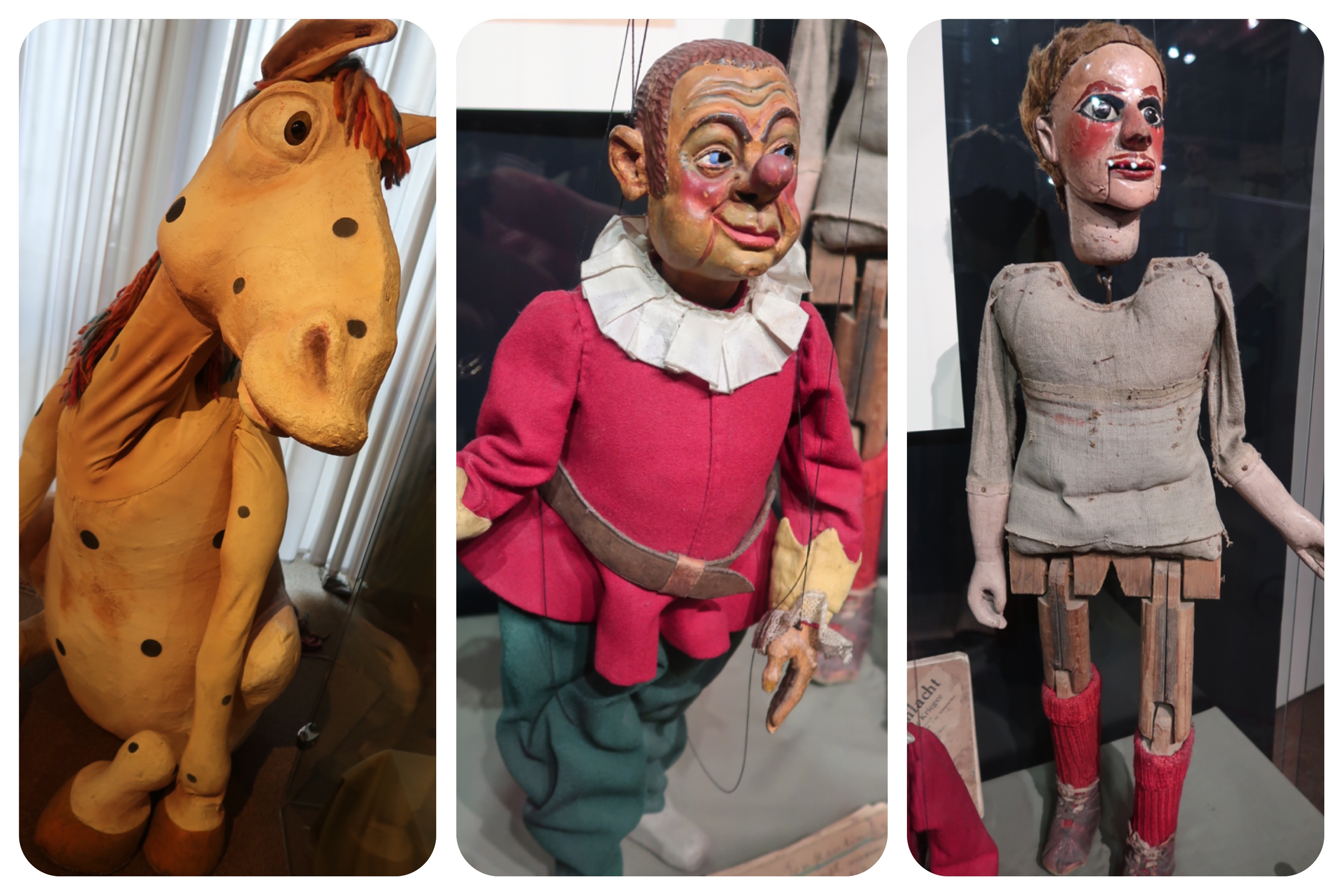
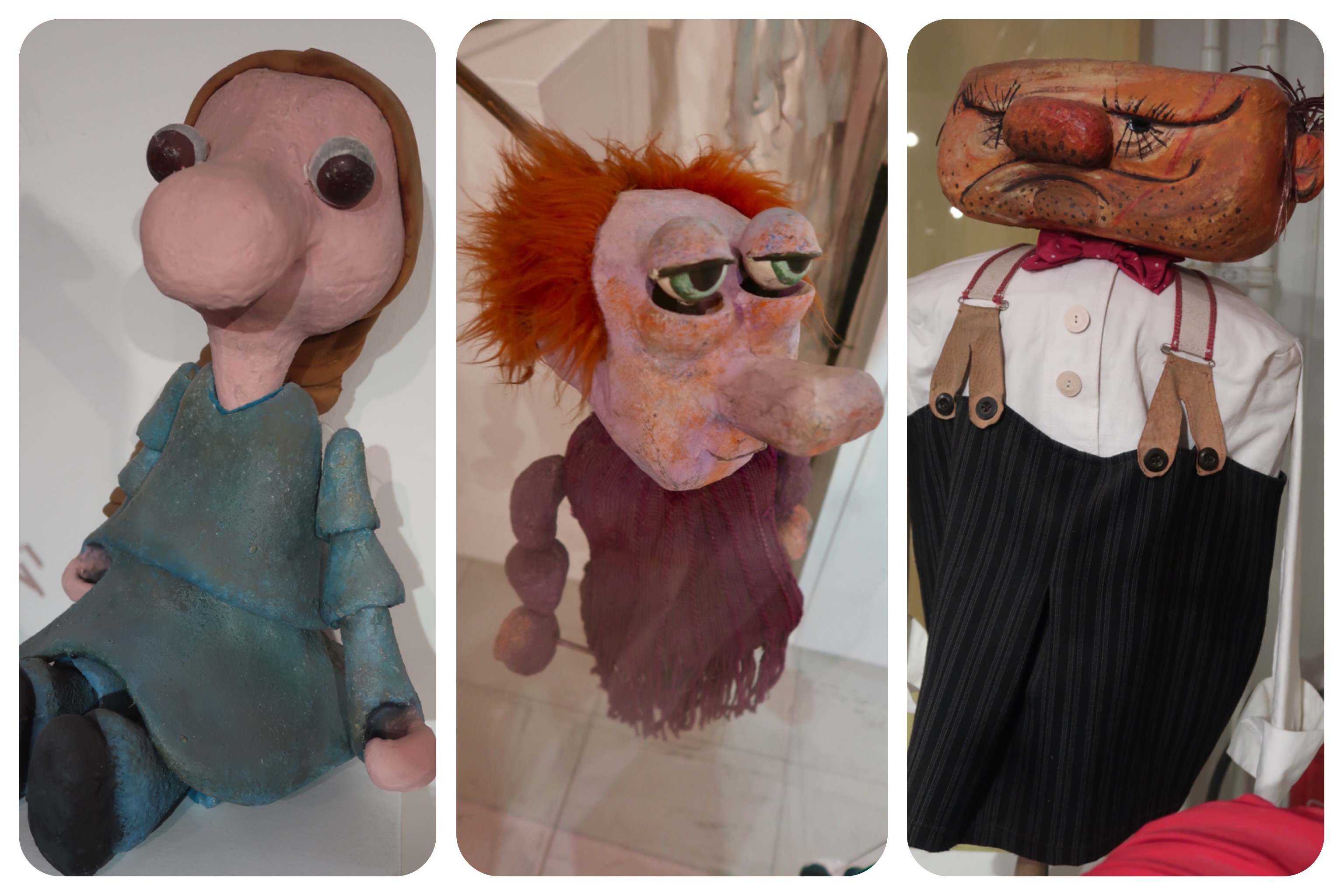
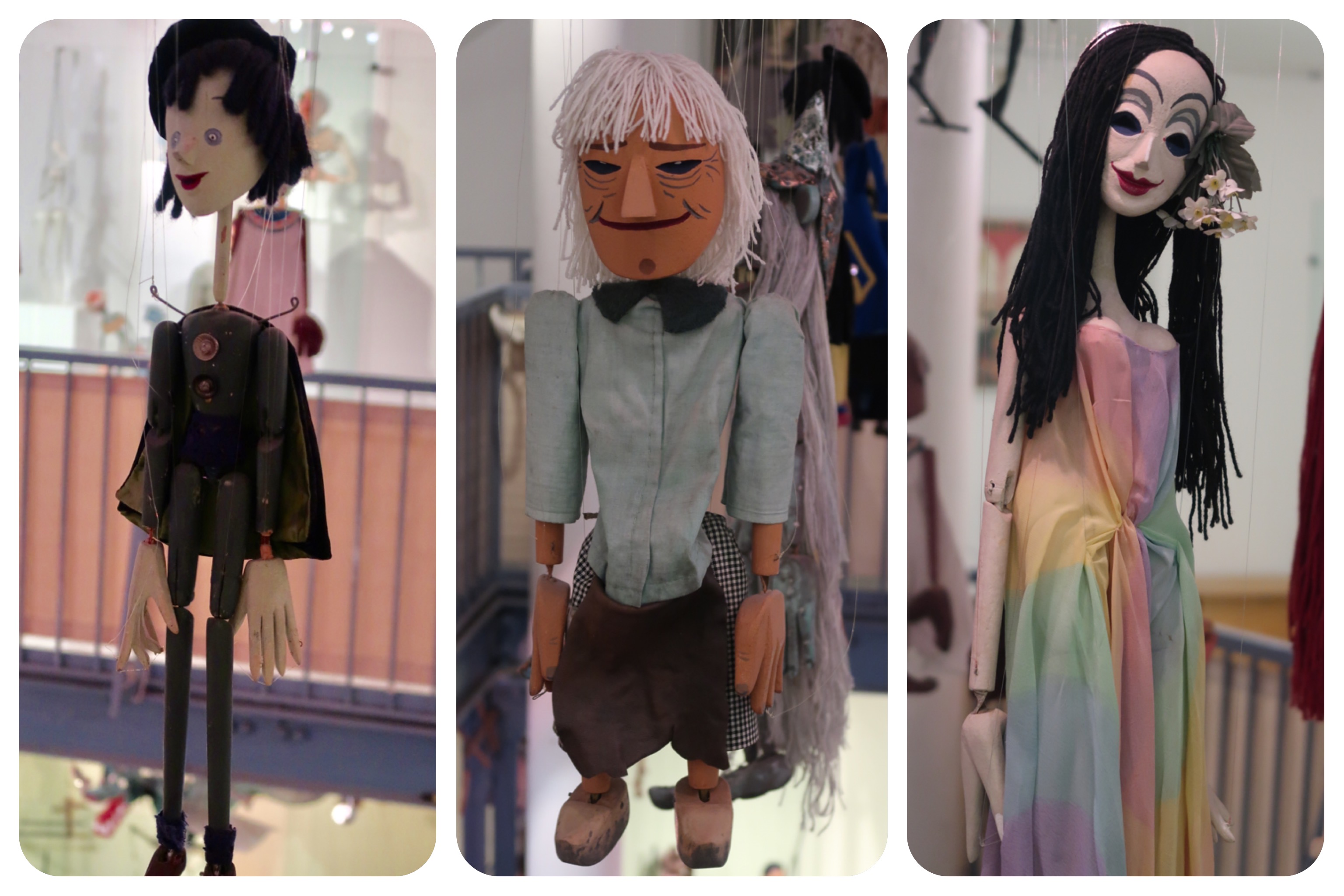
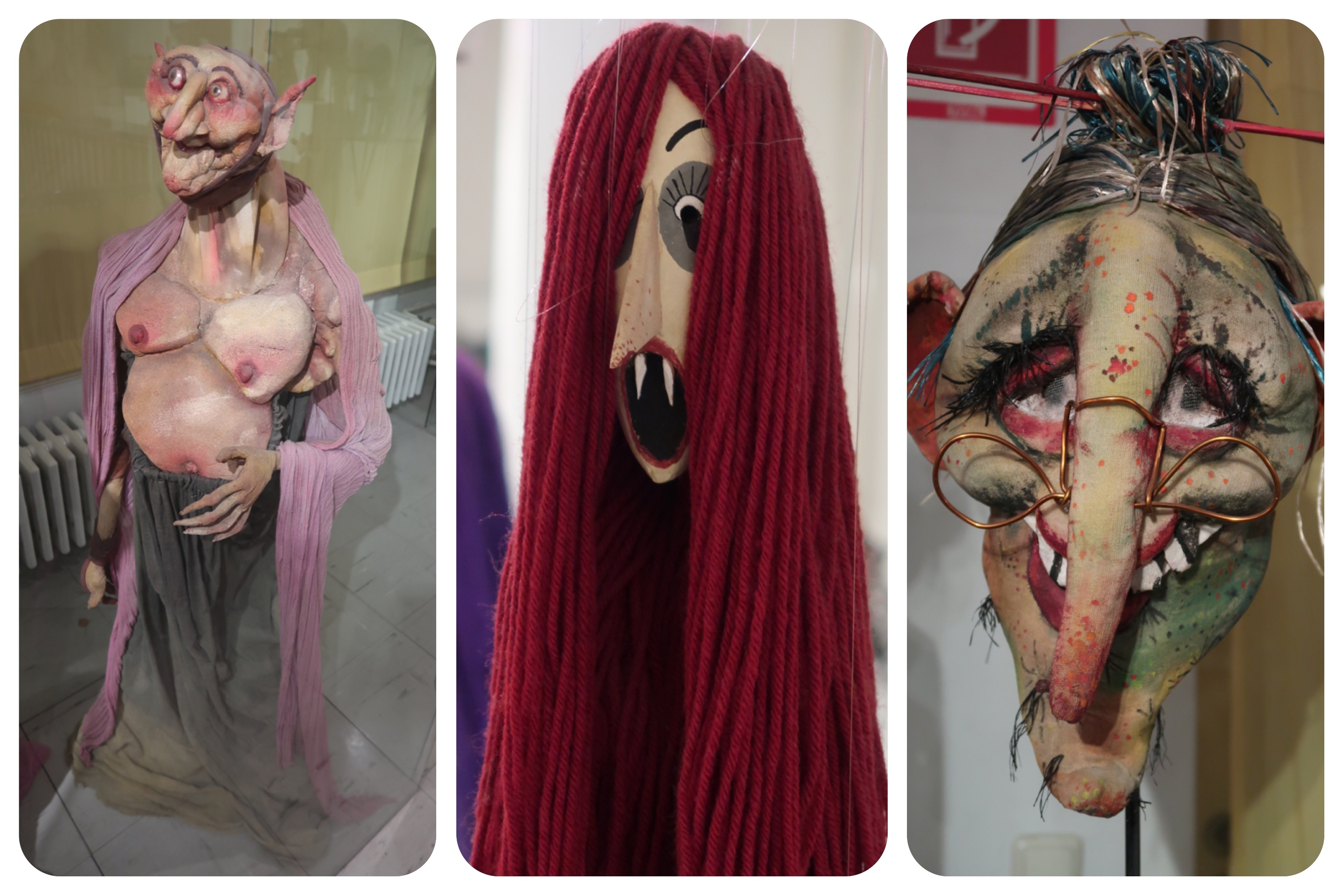
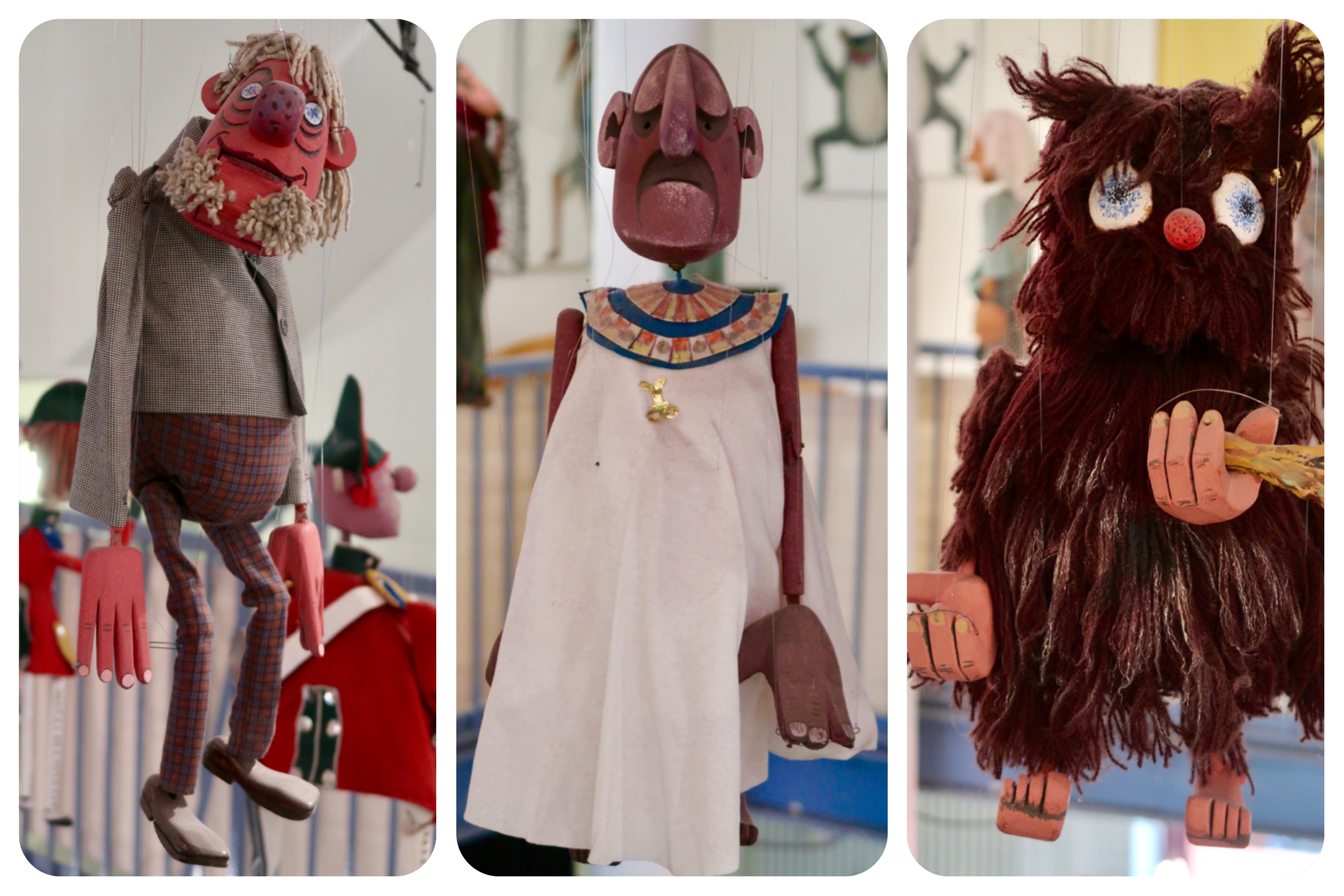
A Puppet Museum in Berlin
The puppet museum in Berlin is located on Karl-Marx-Strasse, on the ground floor of a historic, residential building.
The historic protection zoning of the building does not allow the little museum to post any signs on the exterior.
This means that this privately owned museum gets very few visitors, and many days, although open, the museum gets no visitors at all.
It is a shame, because it is a lovely museum displaying a great collection of hand made antique puppets, each full of life, that once were used in plays throughout Europe.
We did not manage to operate the door buzzer, but being puppet lovers, we stayed around until an old lady with heavy stockings and a plastic bag of groceries, inserted a key into the large wooden door and let us in.
The man who started this little museum just passed away after a long illness, and even though his passing was a blessing, for he suffered much throughout his illness, the future of the puppet collection is now unknown.
During his life, he collected over 3000 puppets, and some of them are now on loan to other puppet museums around Europe.
This puppet museum has only about 100 puppets, but they are great examples of the kind of puppets that have been used throughout history around Europe.
Before the beginning of human theater as a form of story telling, there were only puppet theaters.
Puppet theatre performances were done on the streets, in parks and central plazas, or wherever people used to gather.
The puppet makers were often also the puppeteers, animating the puppets and telling their stories.
At times, they simply told famous folklore tales, already well known and beloved by the public.
But sometimes the Puppeteers told original stories, full of political criticism directed toward the leaders of the day, helping people to better understand or laugh at the human condition.
We have visited puppet theaters and museums everywhere we have traveled, from Easter Europe to Thailand, Myanmar, China, India, Indonesia, Korea, Spain and Japan.
We never miss an opportunity to see a puppet exhibition or performance.
In some cultures, aspiring actors start their careers by animating puppets.
In Japan, we saw a performance of very large puppets, animated by visible people, who were dressed all in black.
In this museum we also saw large puppets that were animated by visible people, who worked with them on stage.
As theatre with human actors became more common, it gained favor as a popular art form.
Each city built glamorous theaters, and suddenly puppet theaters fell out of favor.
Dressing up in expensive garments and fine jewelry to go to listen to concerts or to see ballet performances and theater at the beautiful theater halls, became the preferred “high culture” activity.
In contrast, gathering to see puppeteers on the streets, while the weather was cold or drizzled with rain, seeing drifters play the accordion and sing in unrefined voices between puffs on their cigarettes and coughs from the cold, became a “low class” form of entertainment.
People stopped going, and puppet shows entered the realm of children’s entertainment, with puppeteers invited to entertain wealthy kids at birthday parties.
Finally the art form of puppetry, puppet makers and performances, fell completely out of favor.
I am truly hopeful that this art form of story telling, will one day regain its rightful momentum.
Animation, Anime and Claymation are modern day replacements of Puppetry, and they are as popular as ever.
As an artist, I LOVE these forms of story telling.
I even used to make puppets as a young woman, and I do collect puppets here and there with the idea that one day, I will use them to write and tell original stories of my own.
If you are in Berlin, do go to visit this little puppet museum.
It is located at:
Puppen Theater-Museum, Karl-Marx-Straße 135, 12043 Berlin, Germany